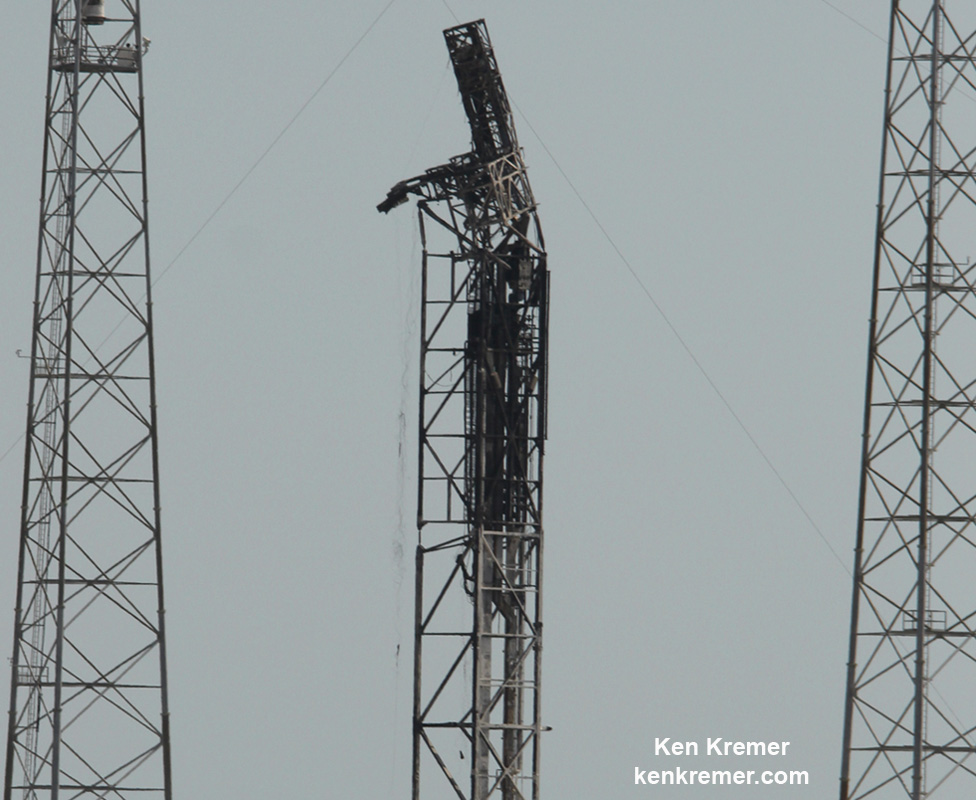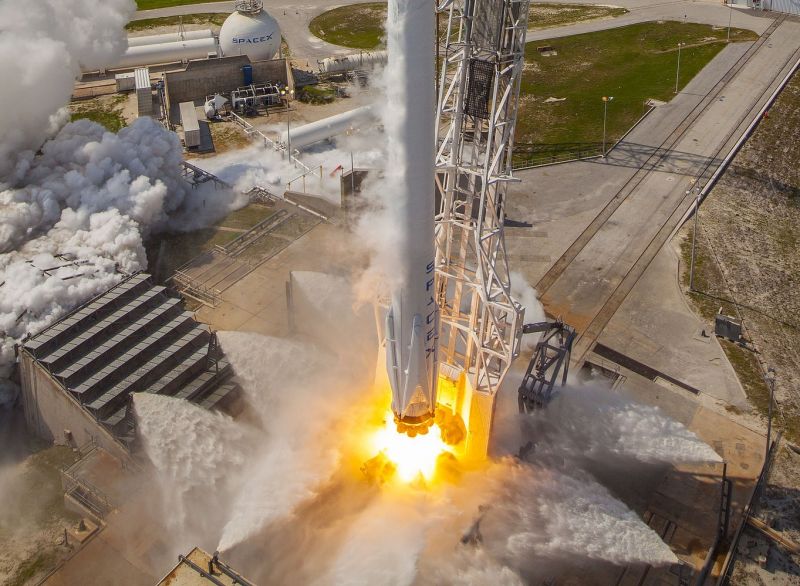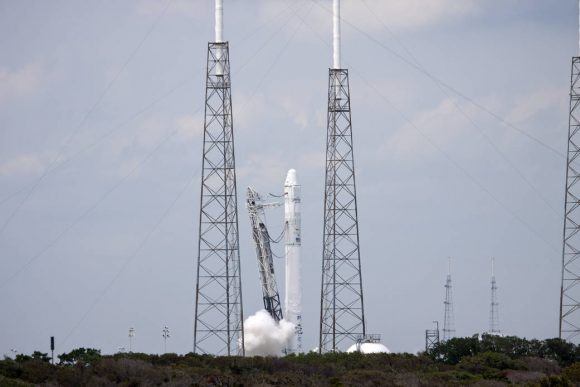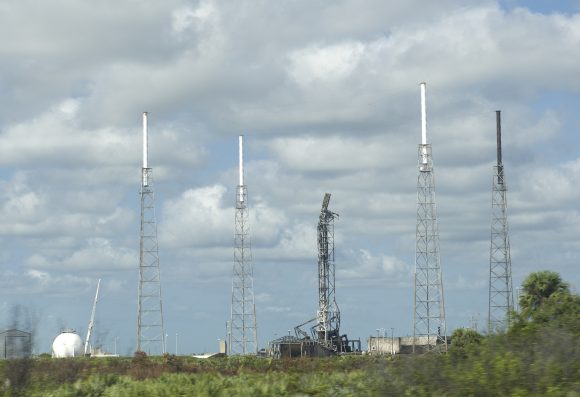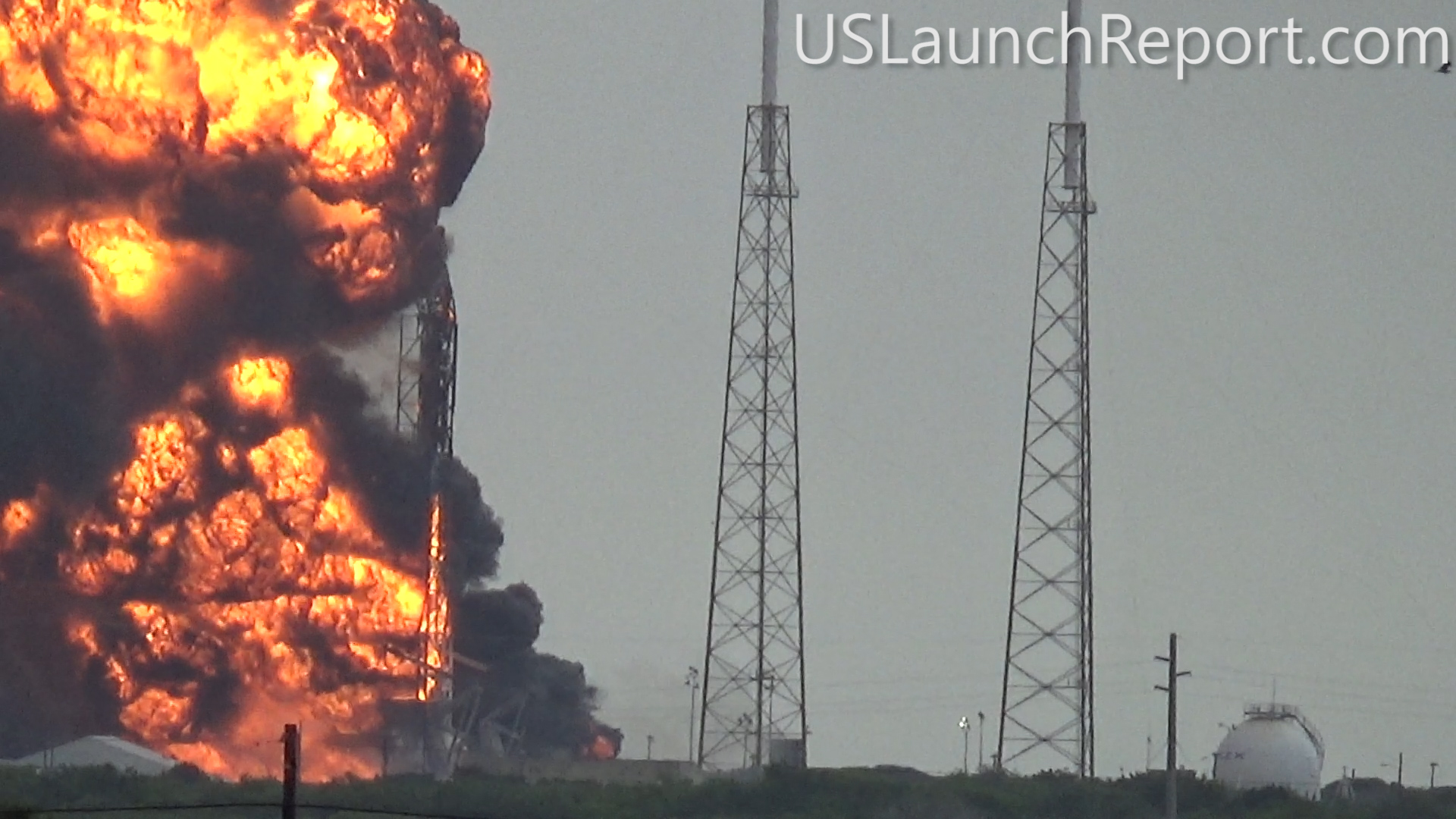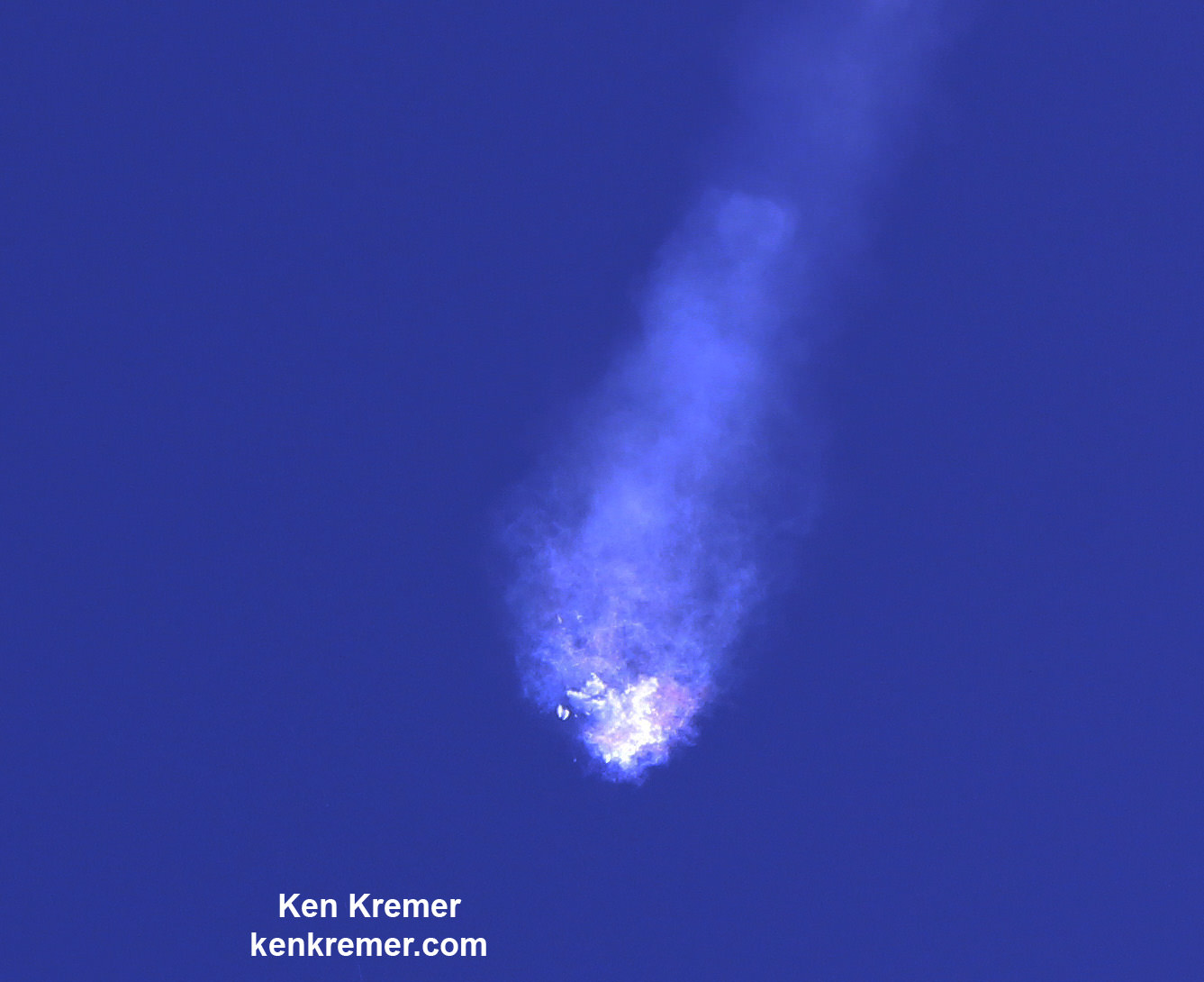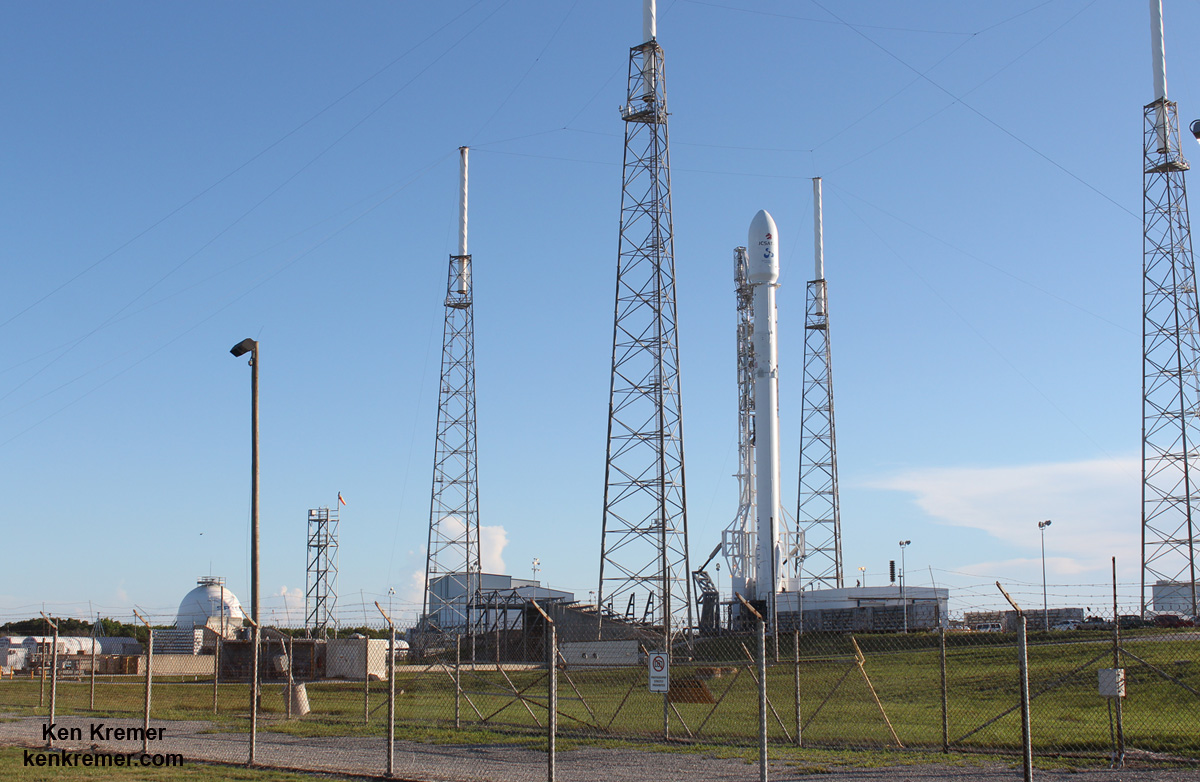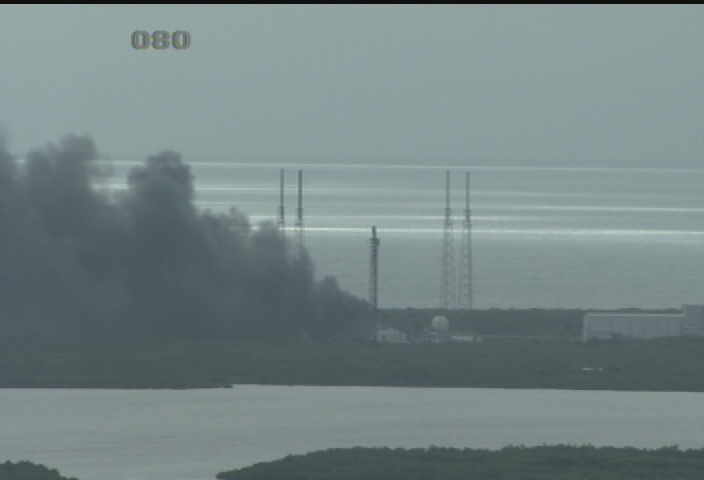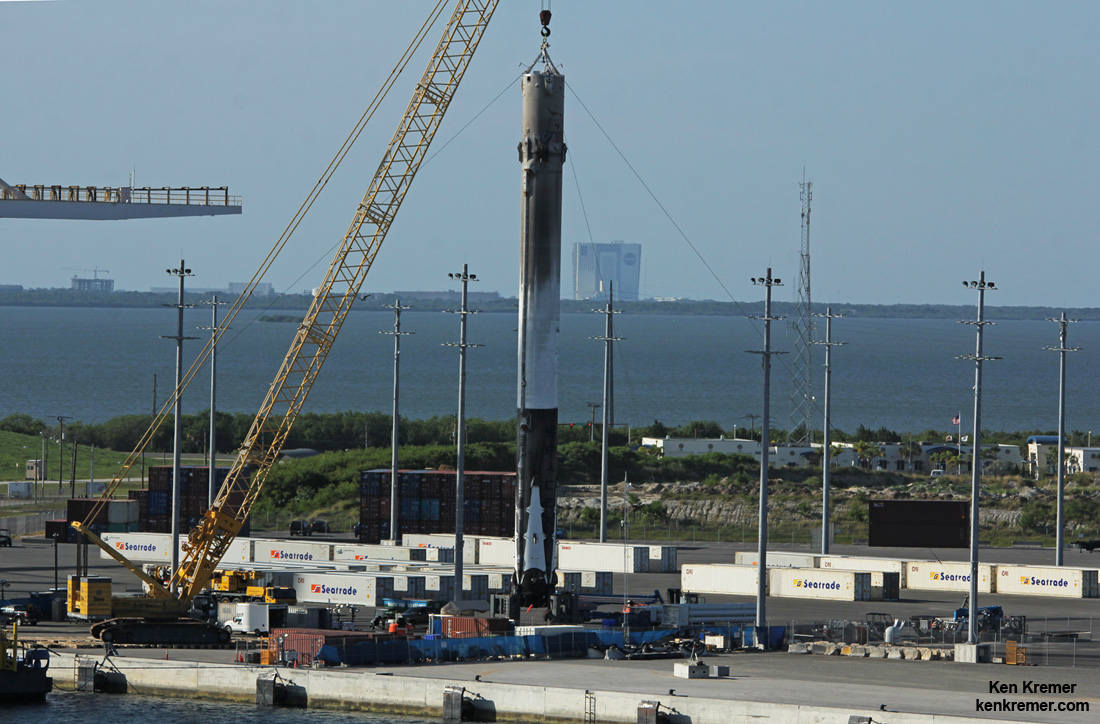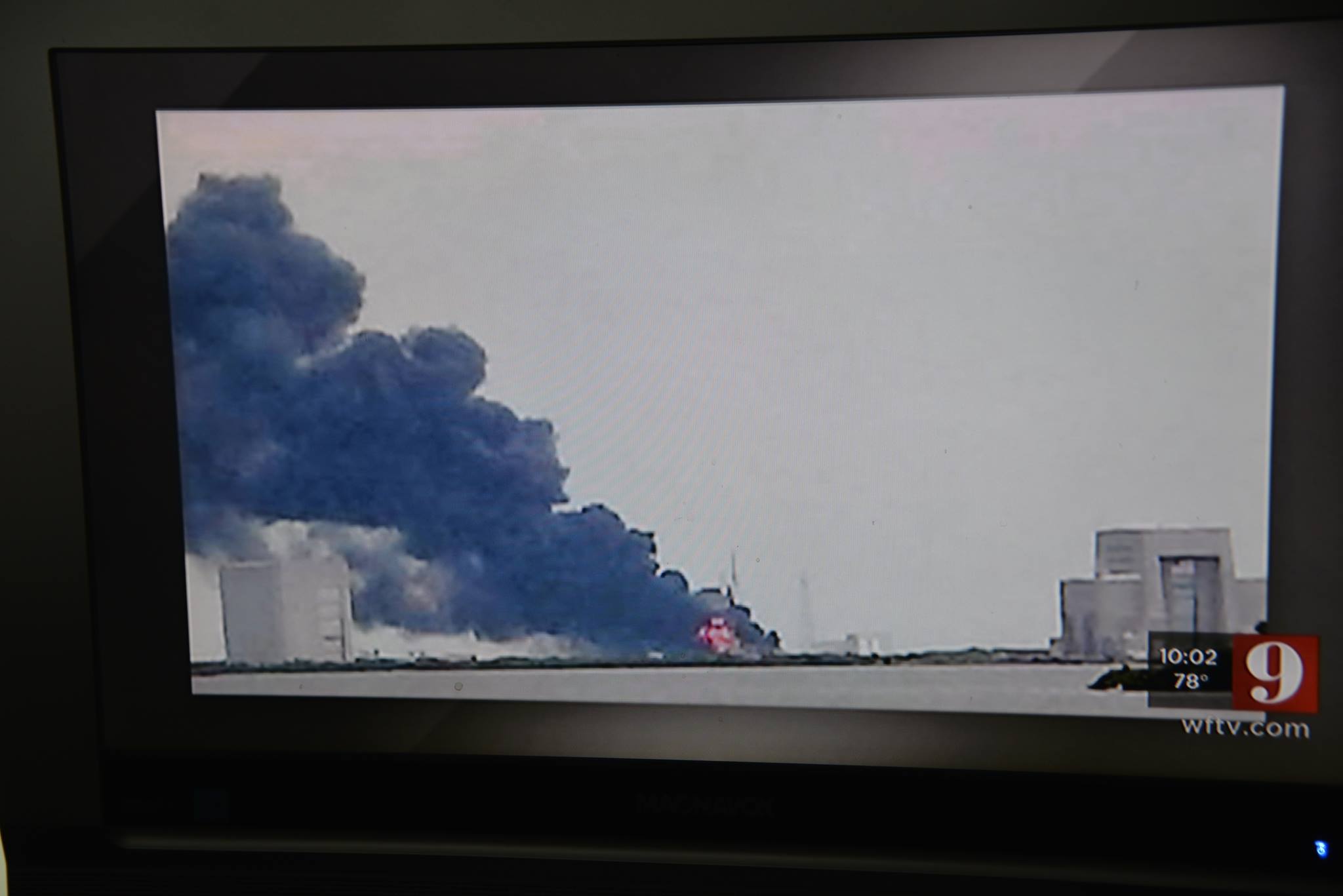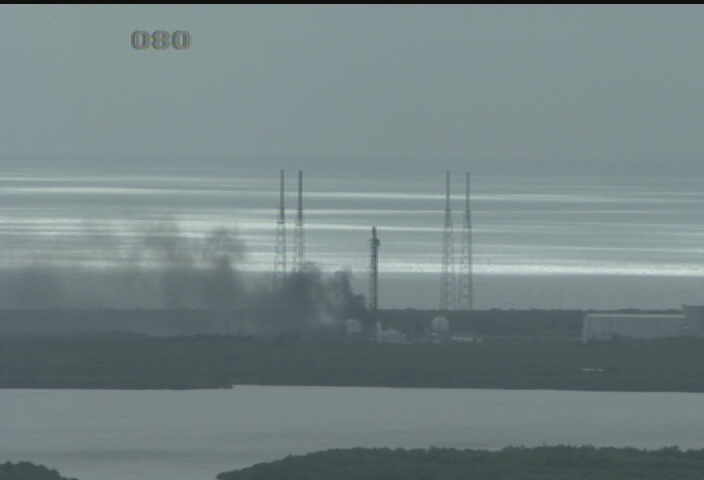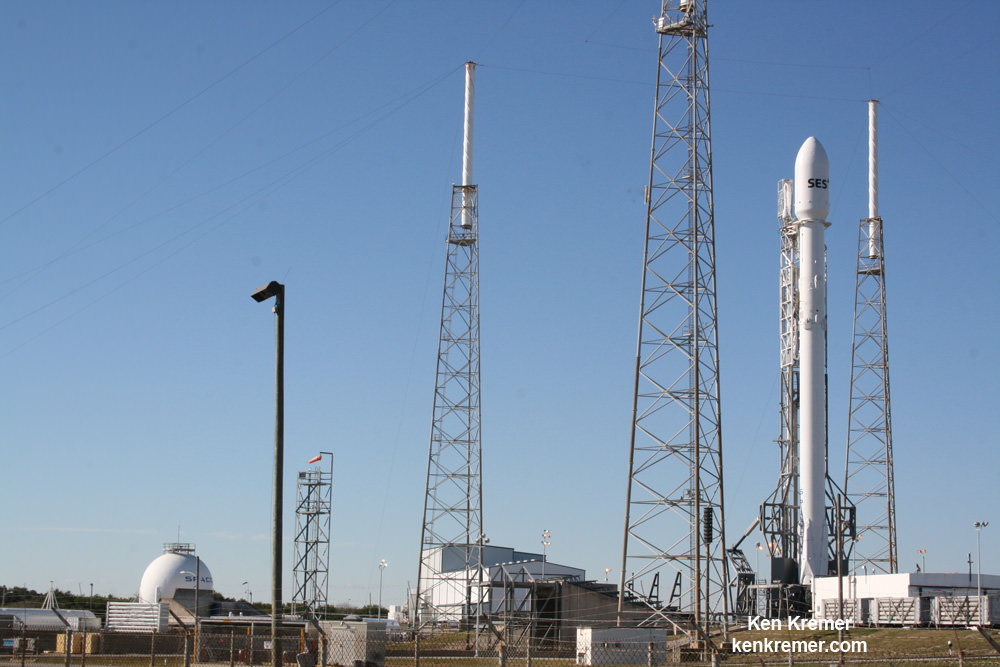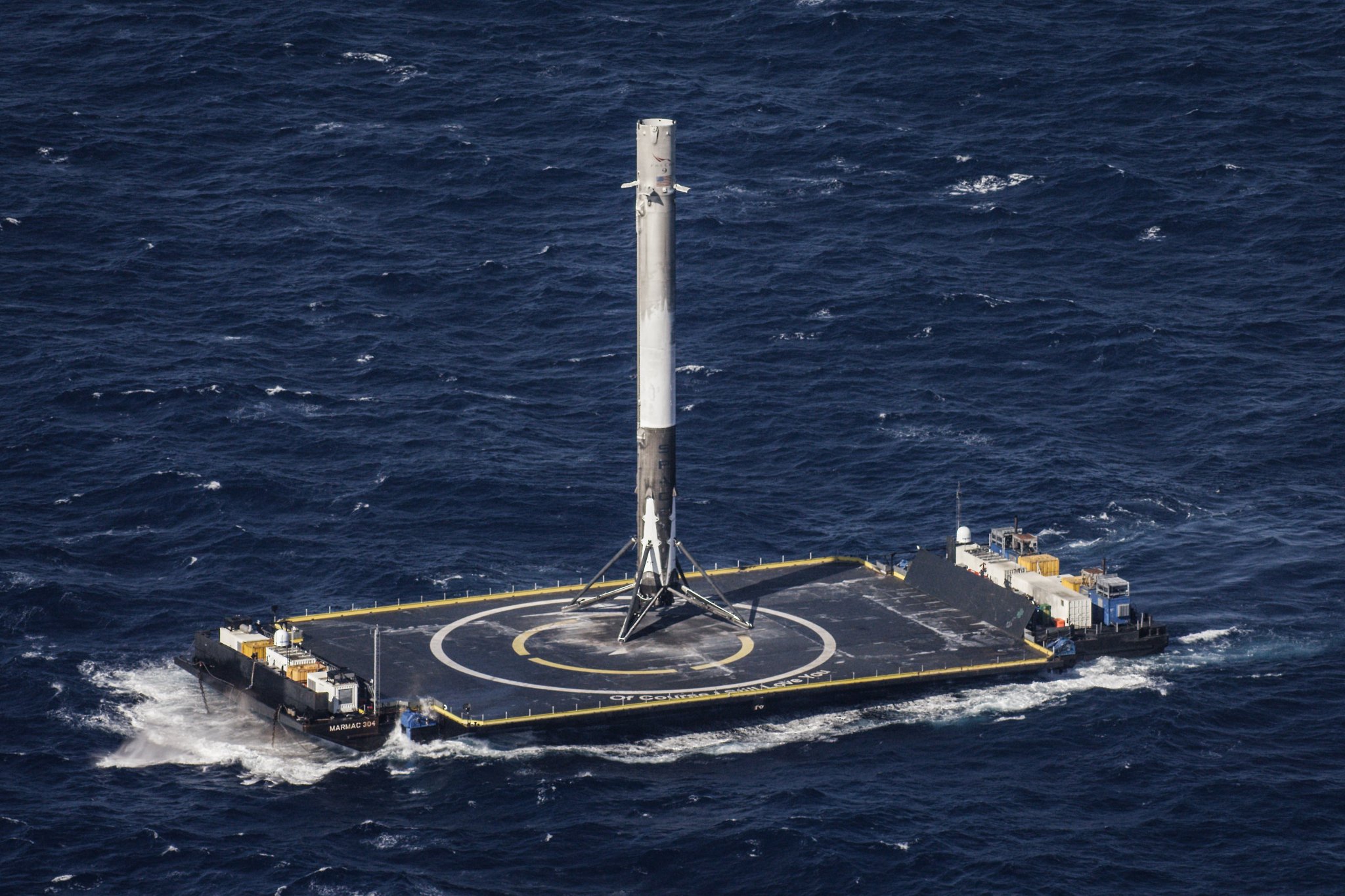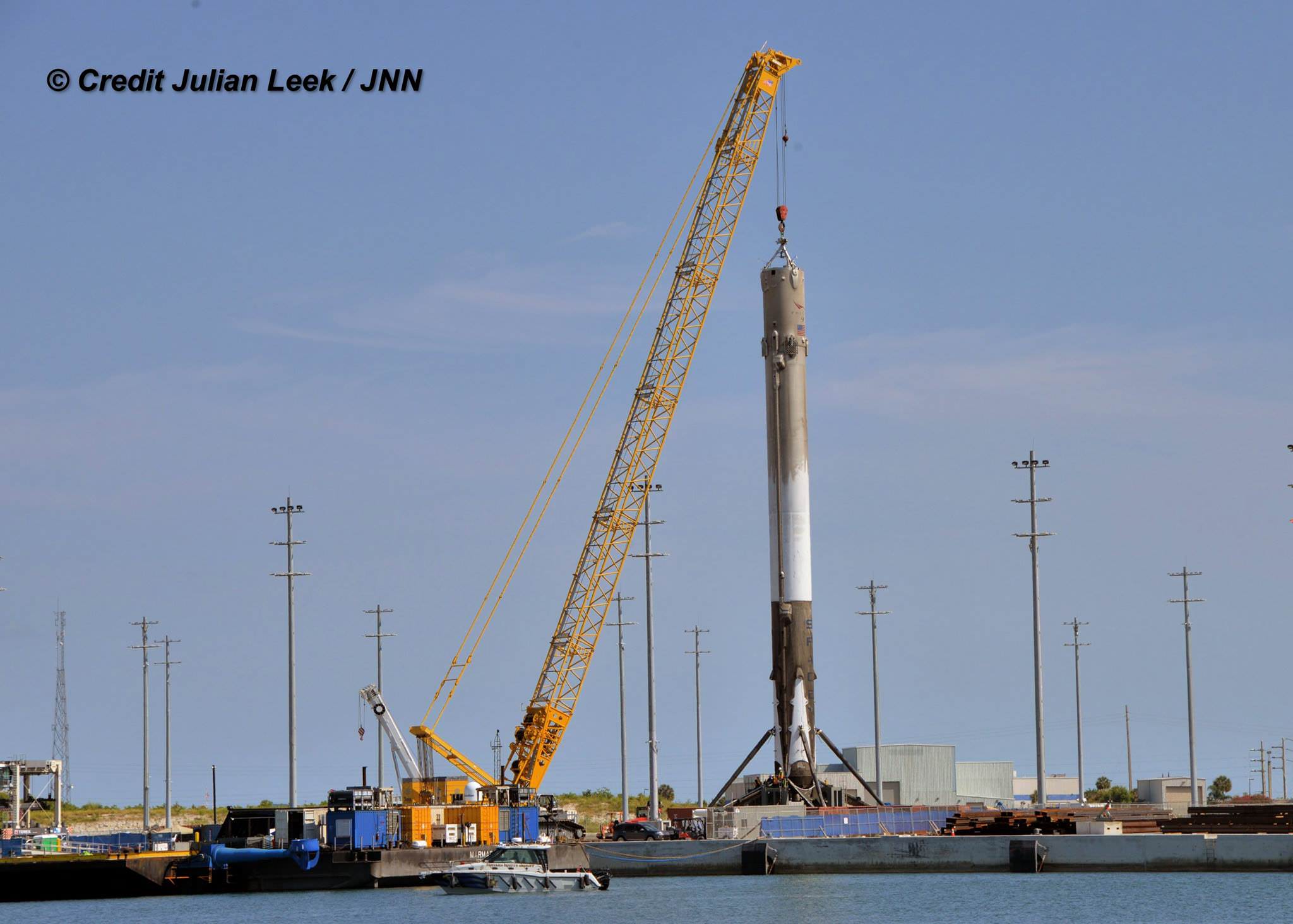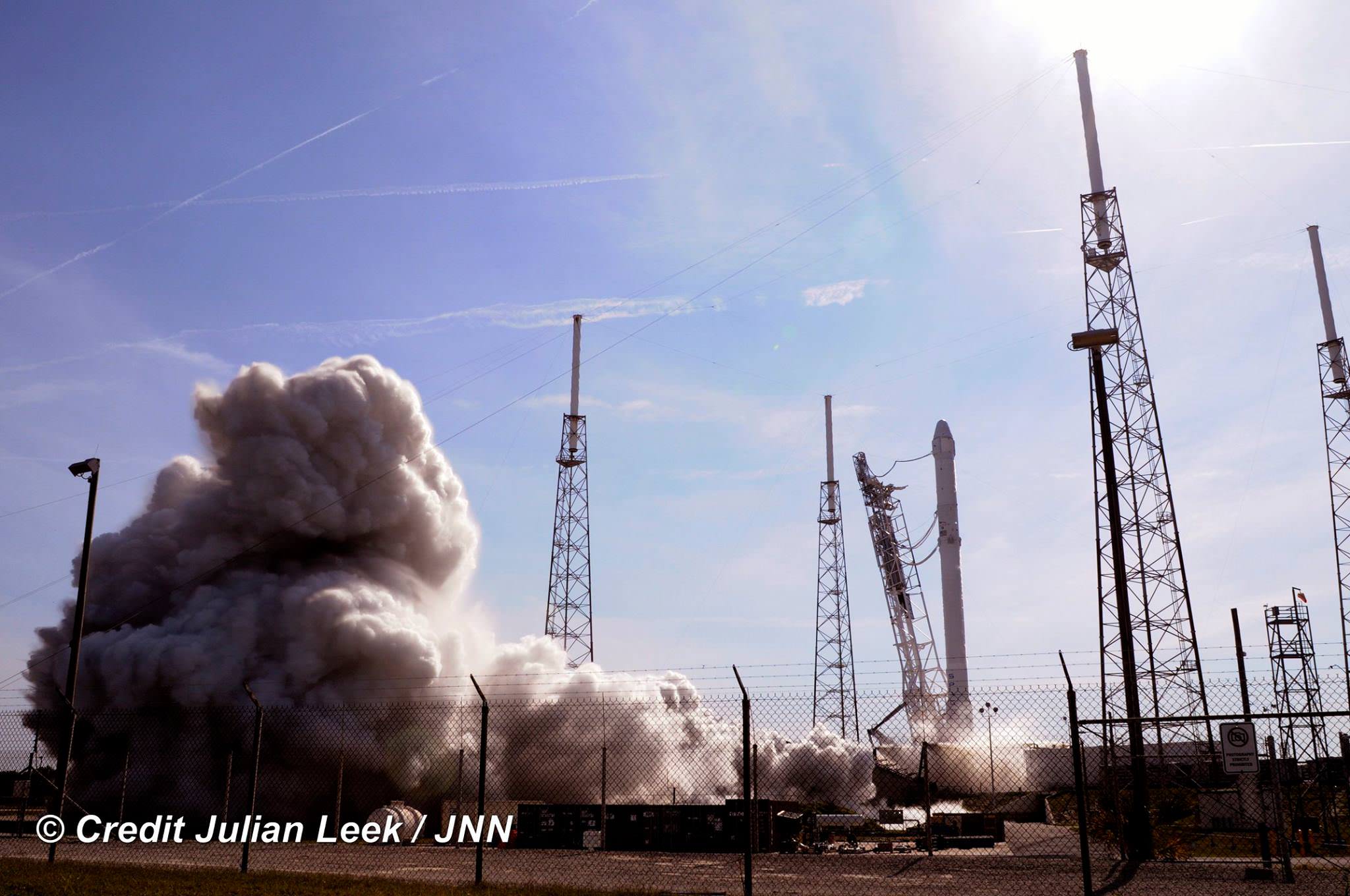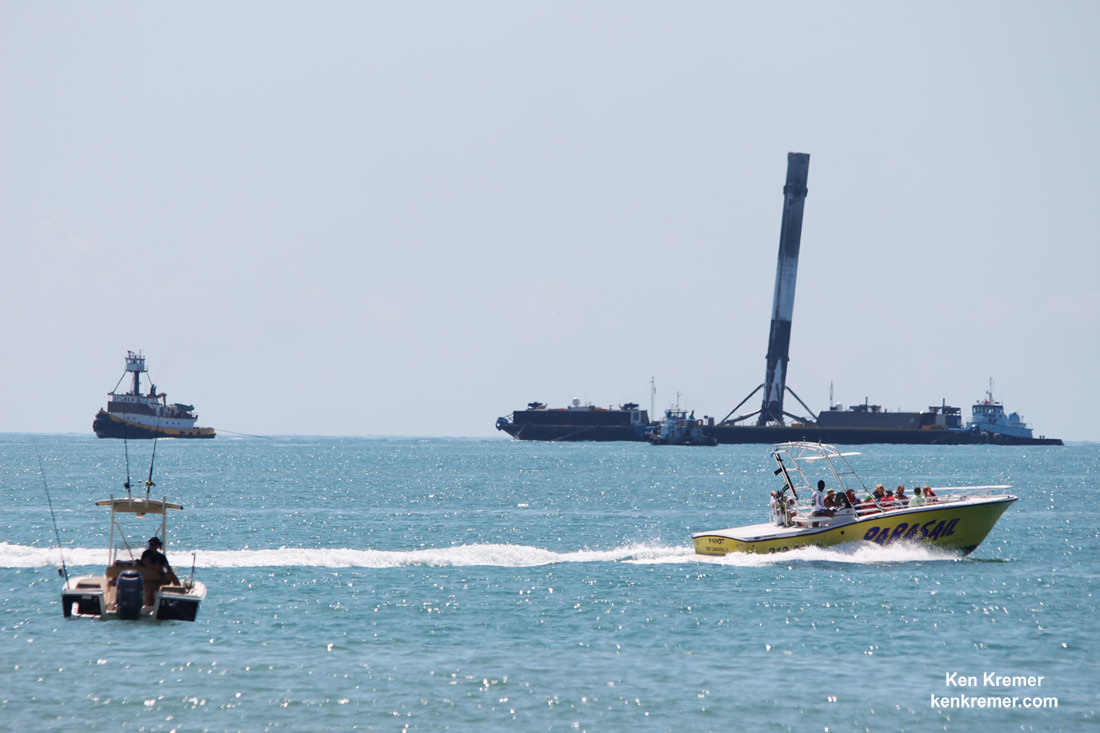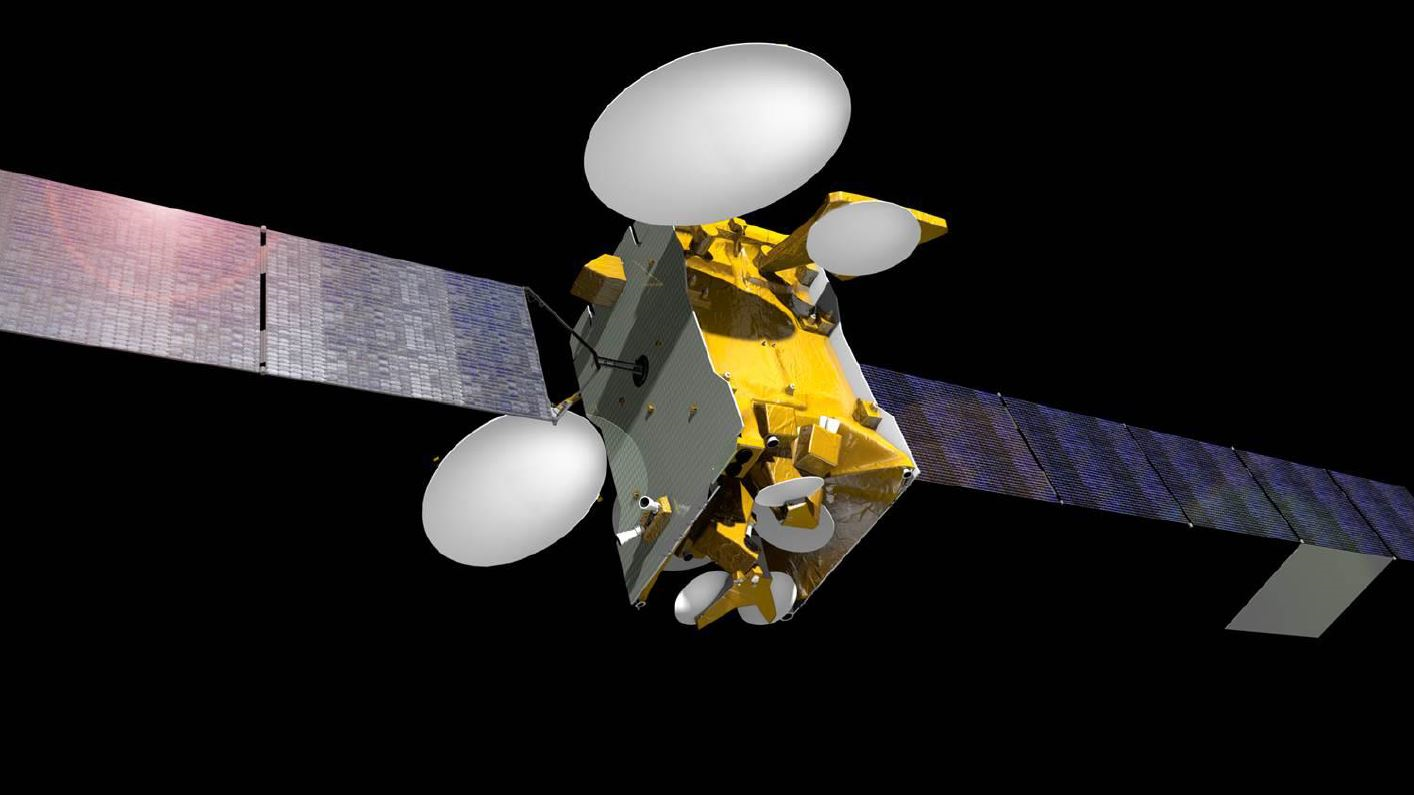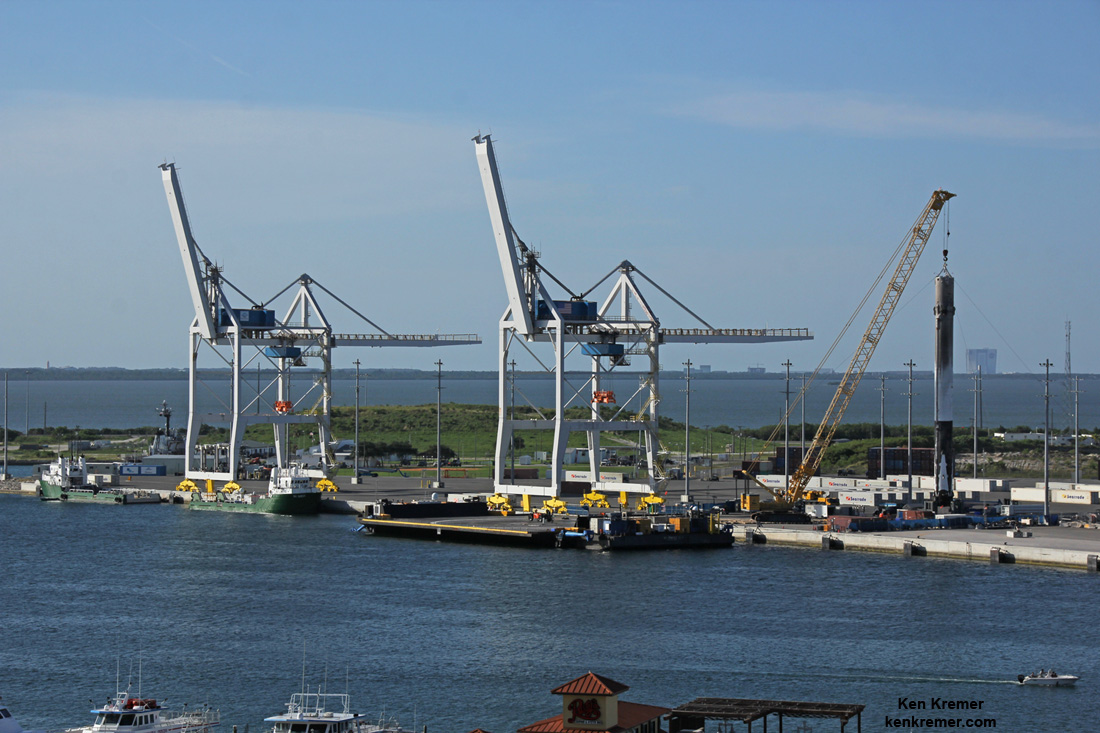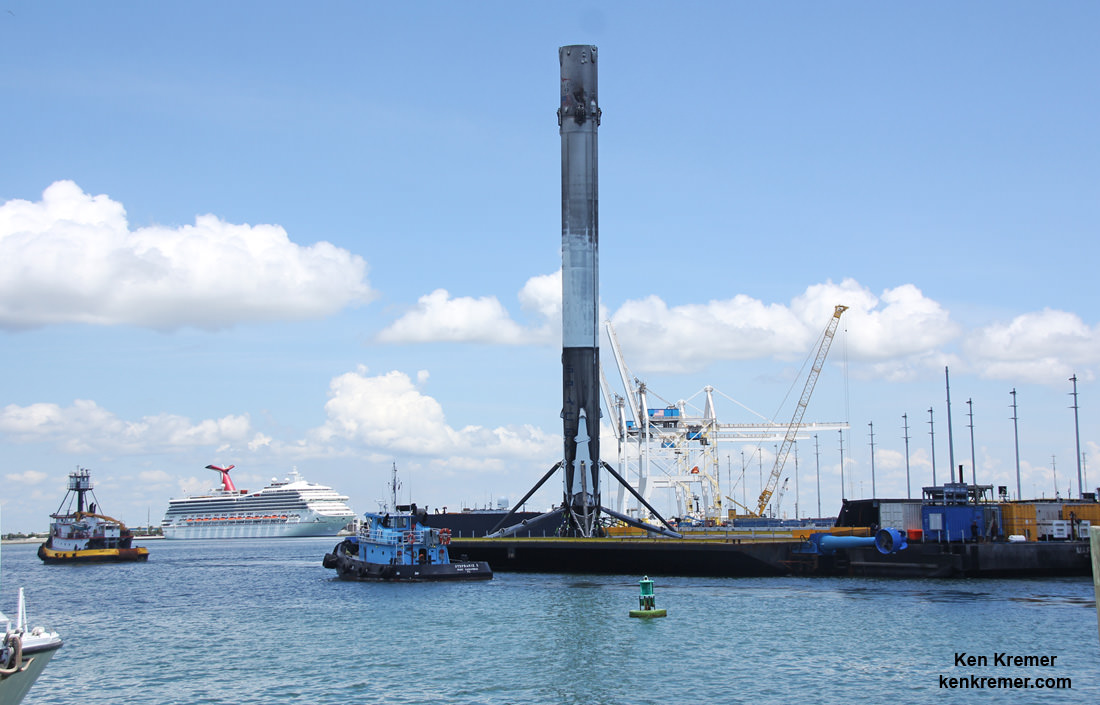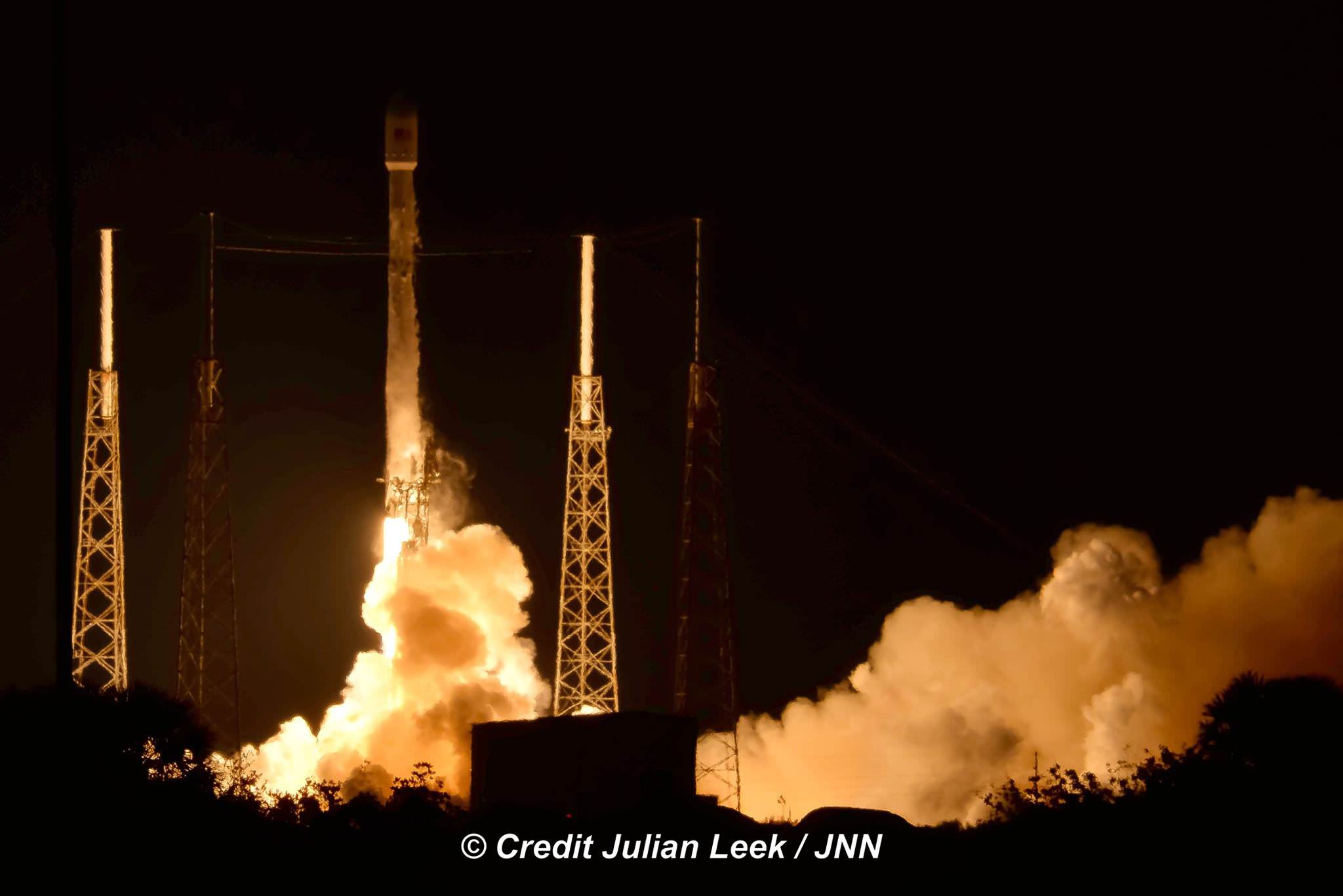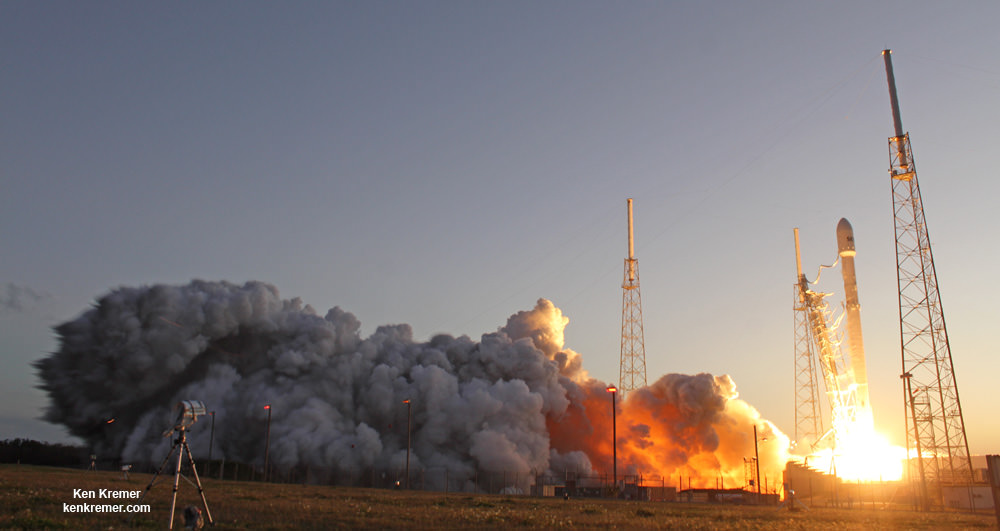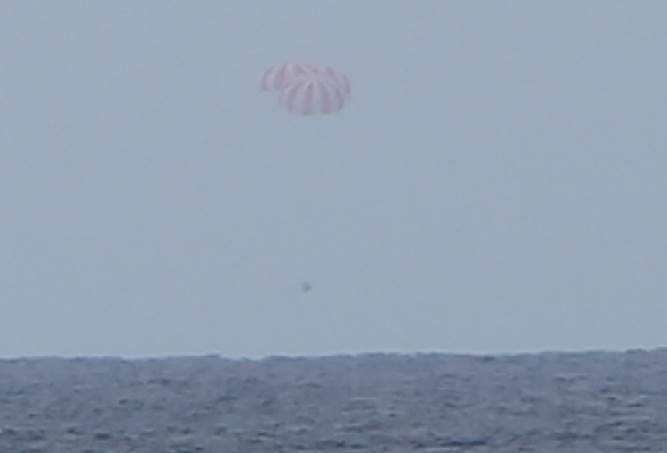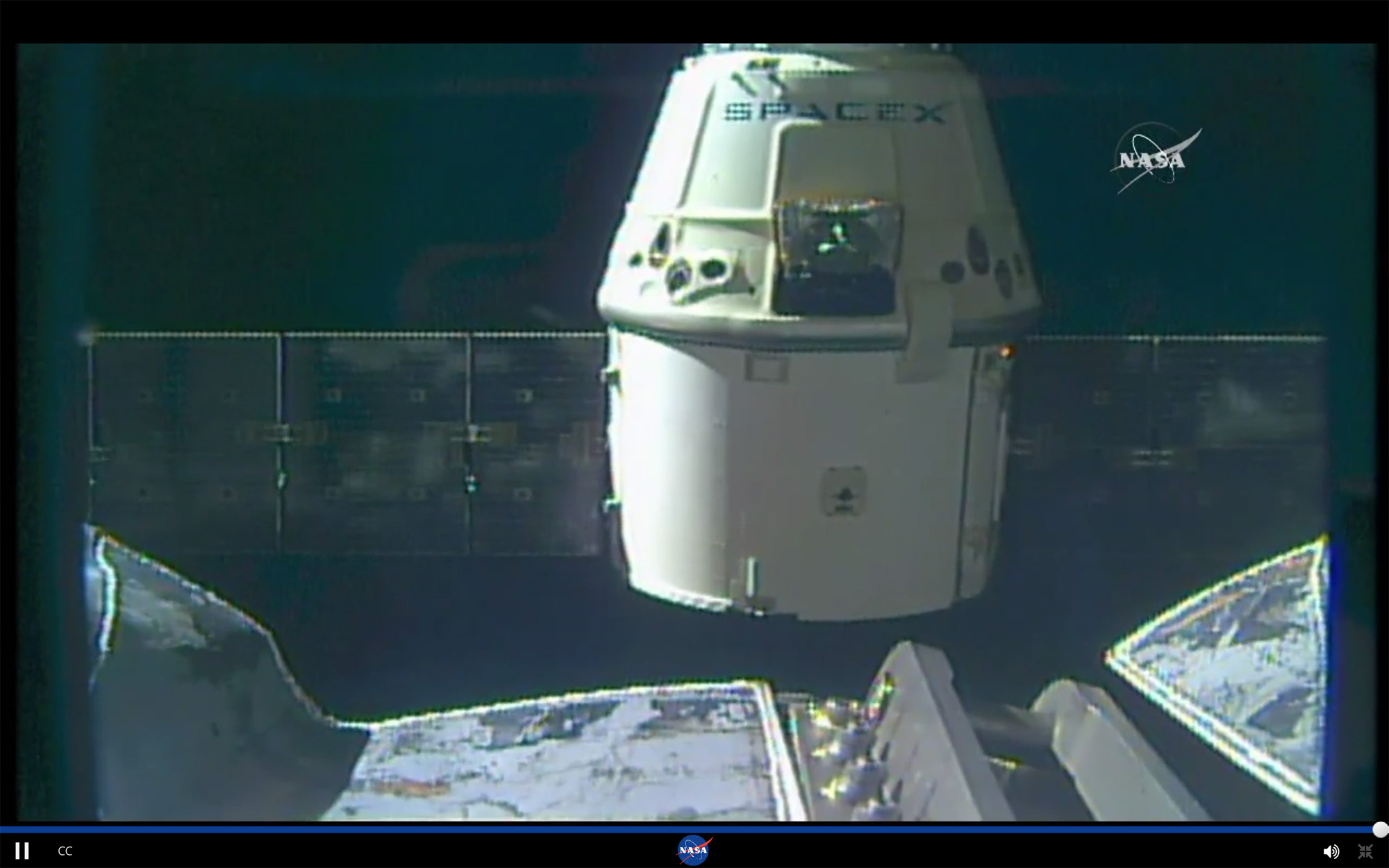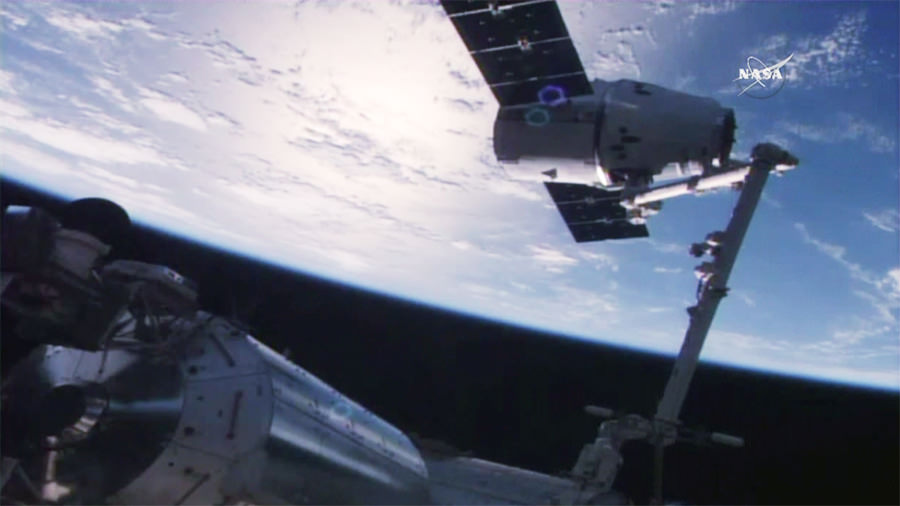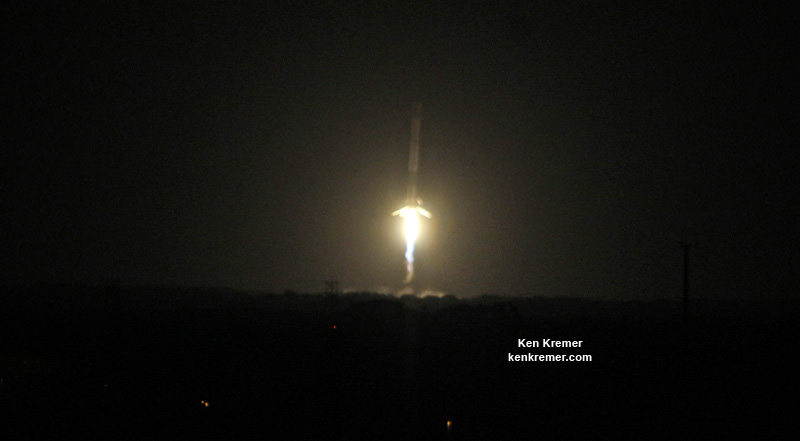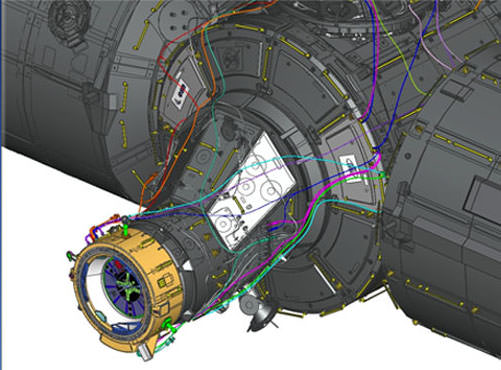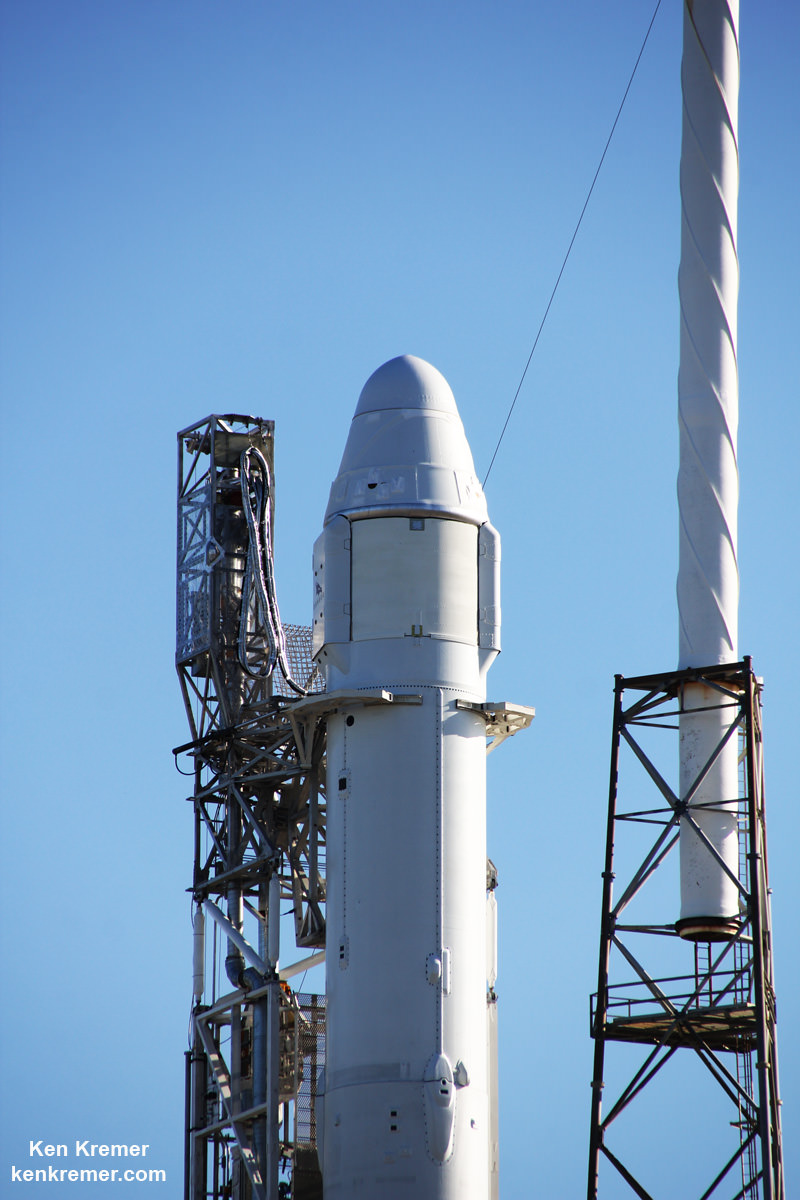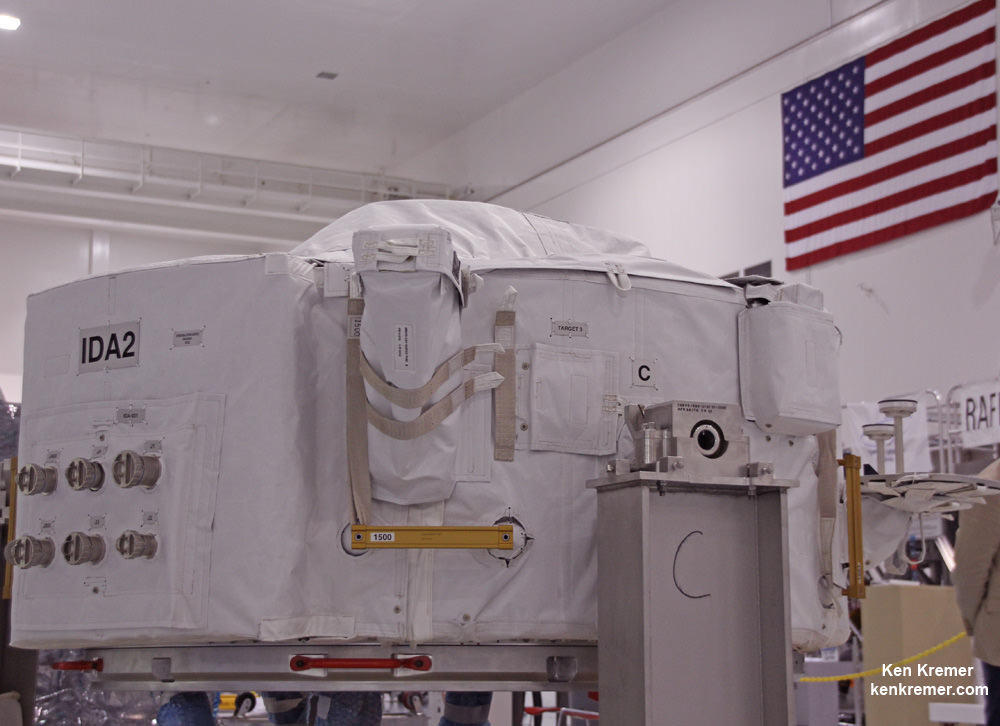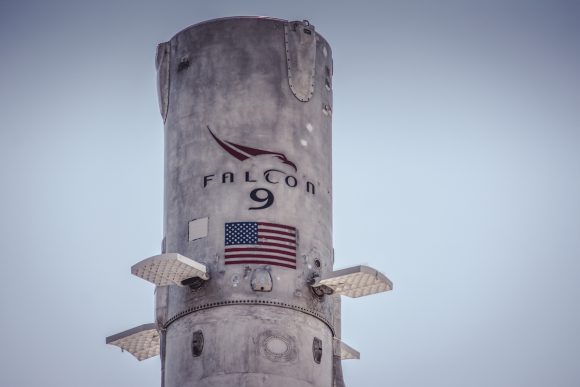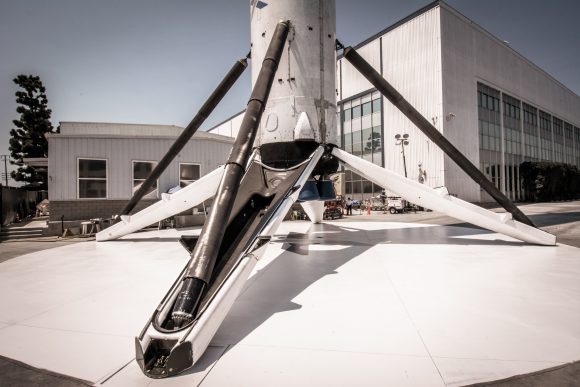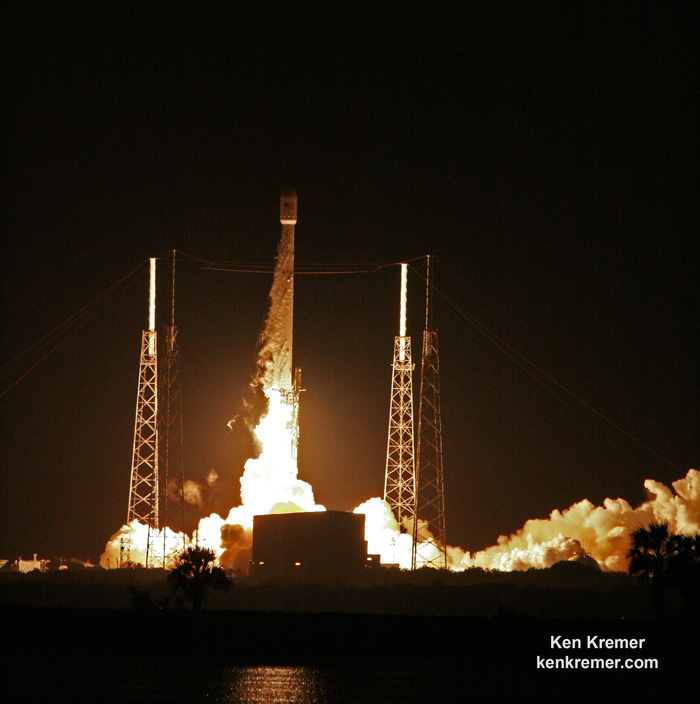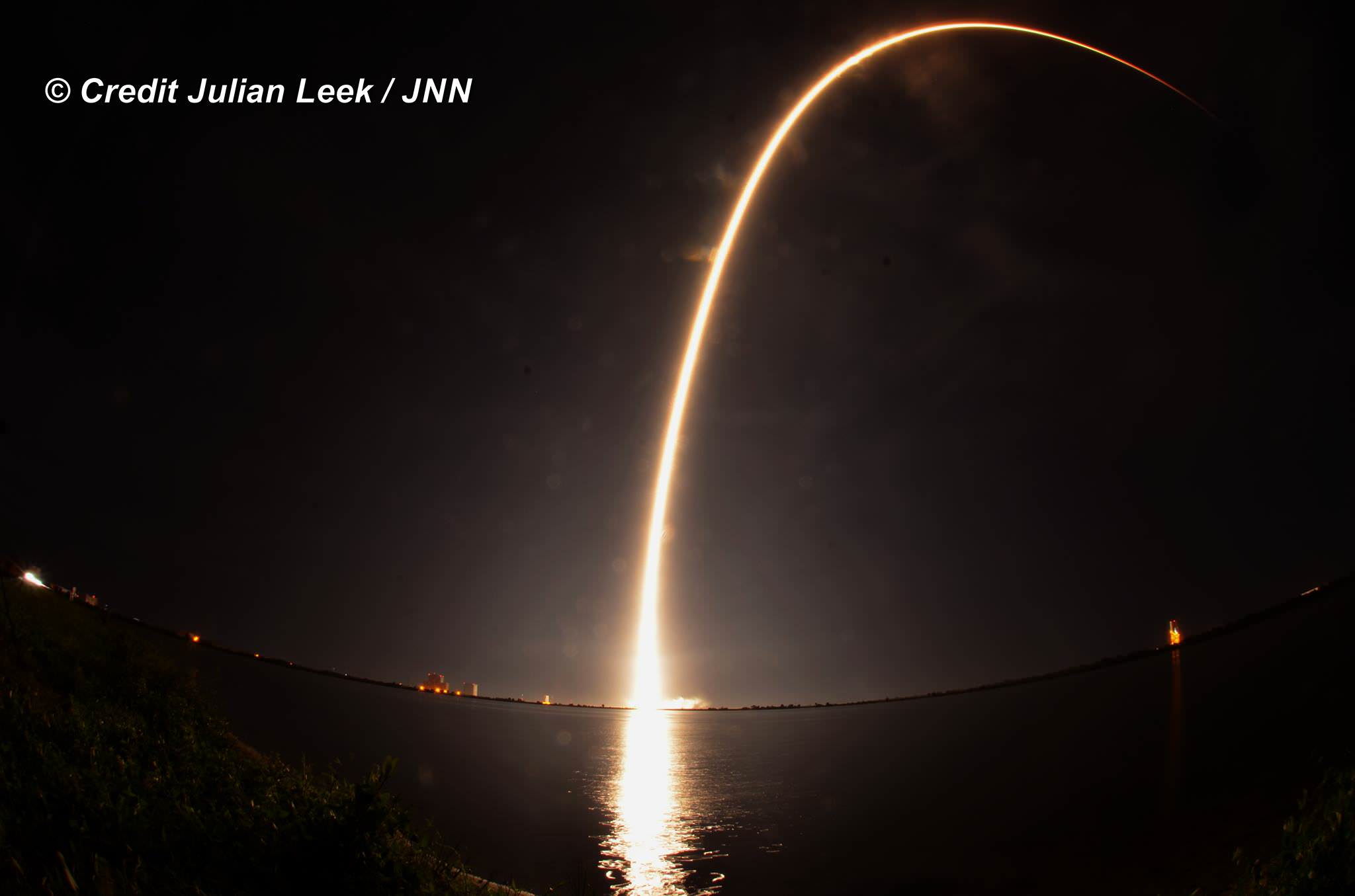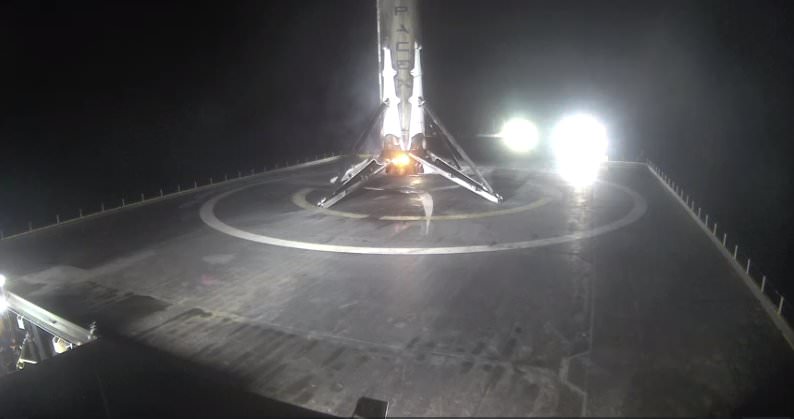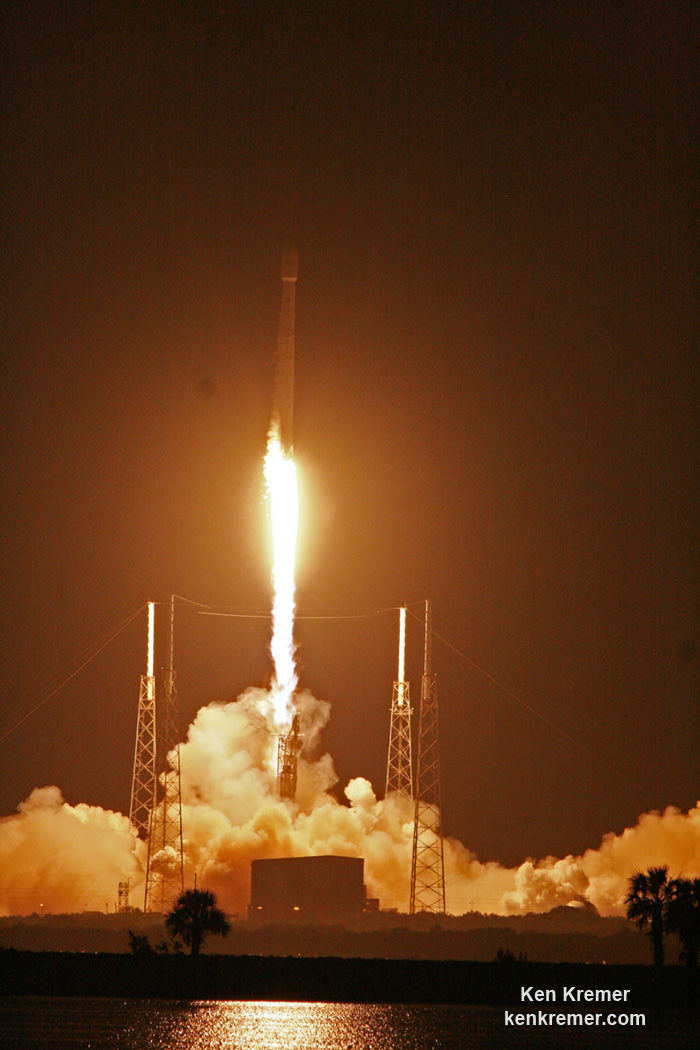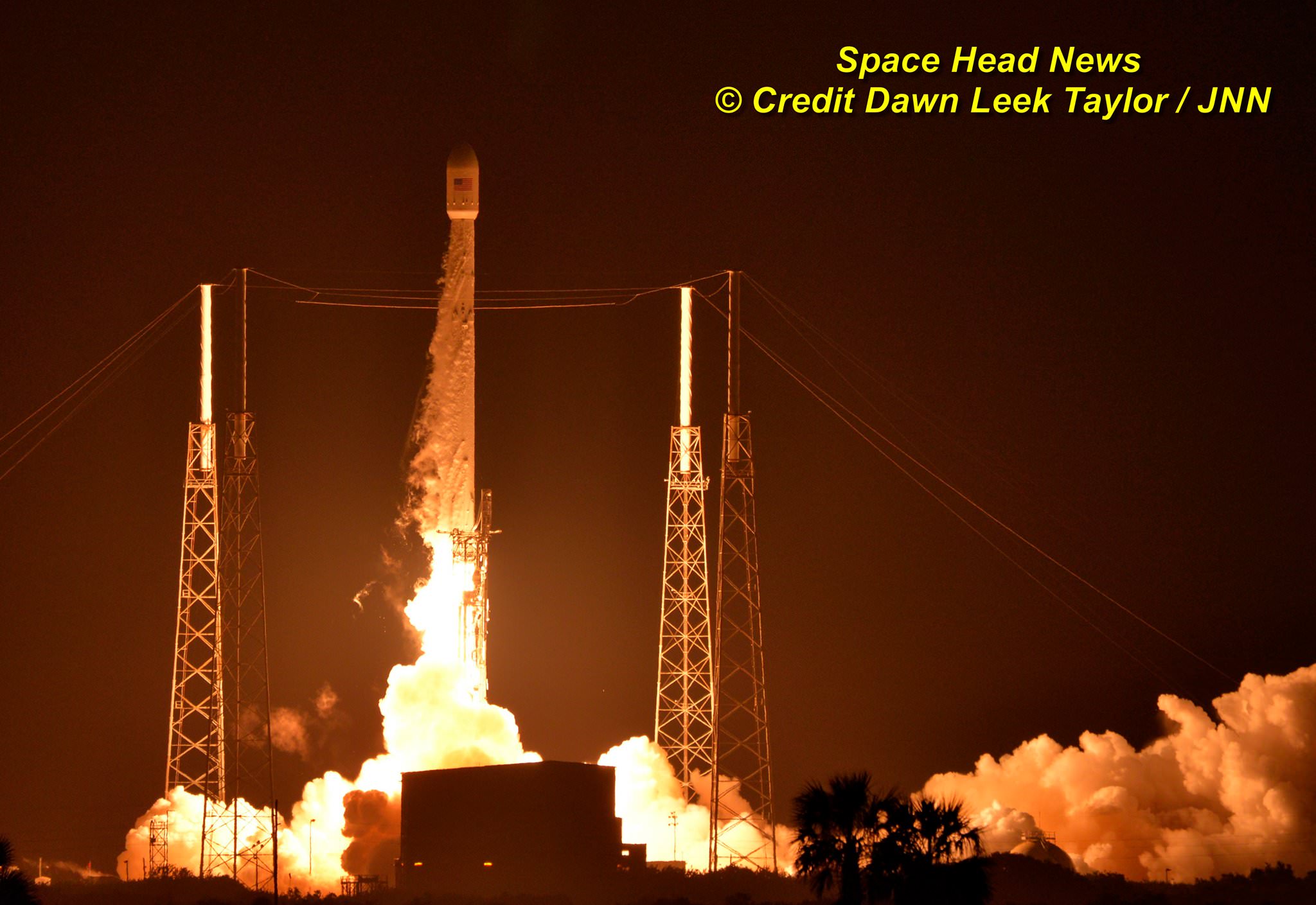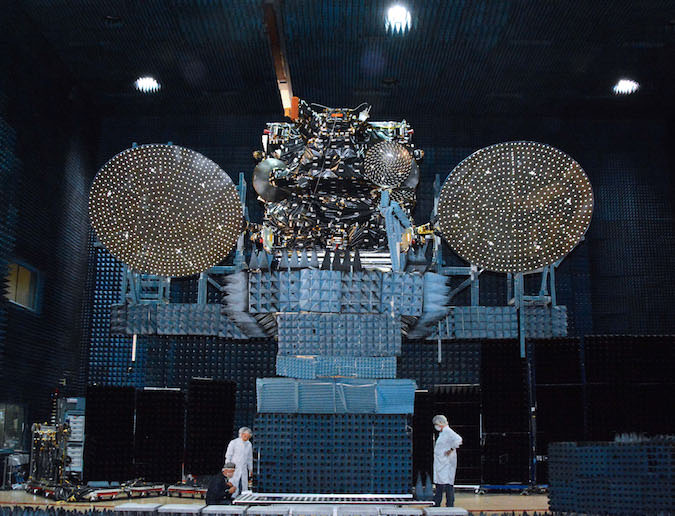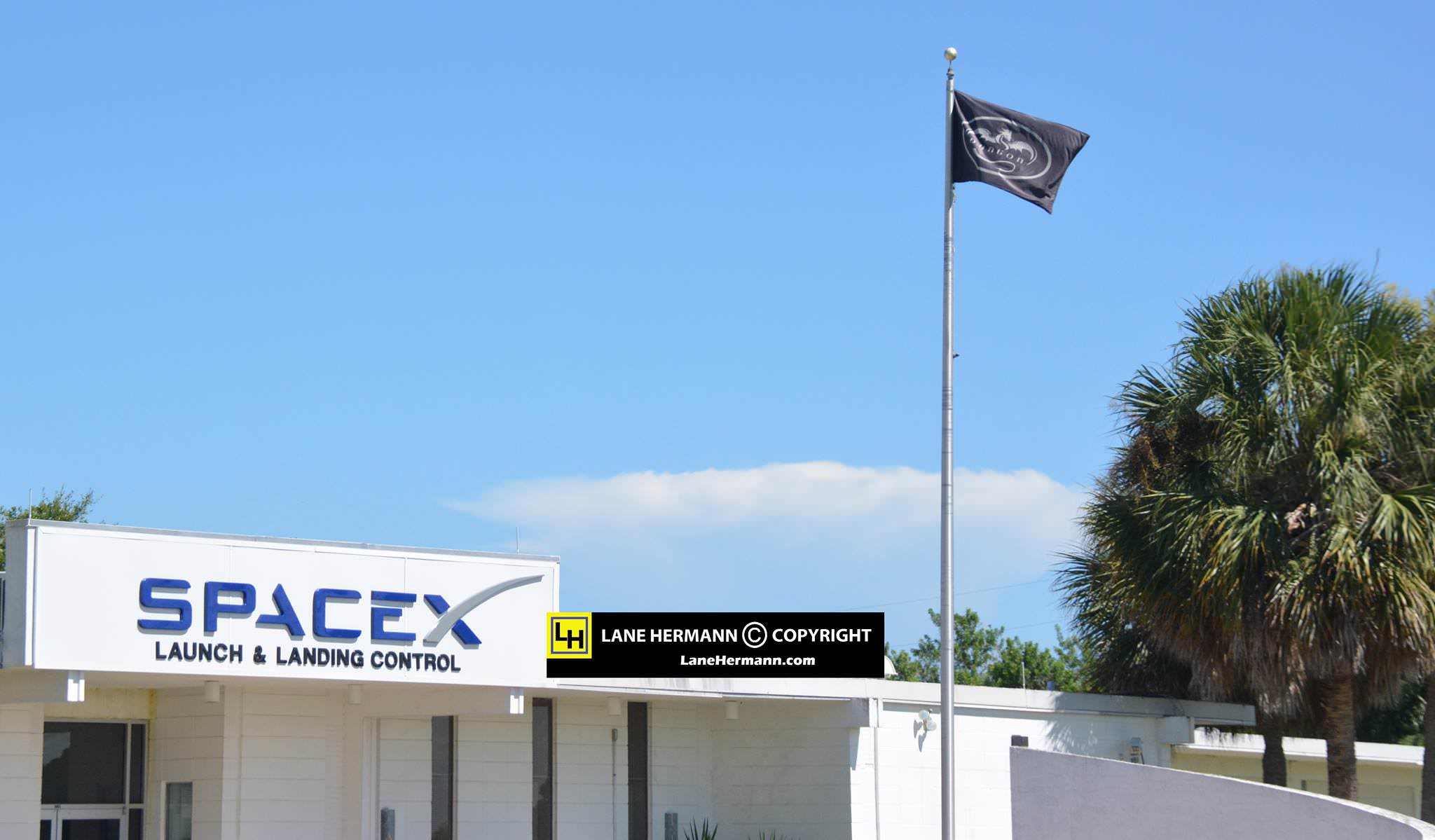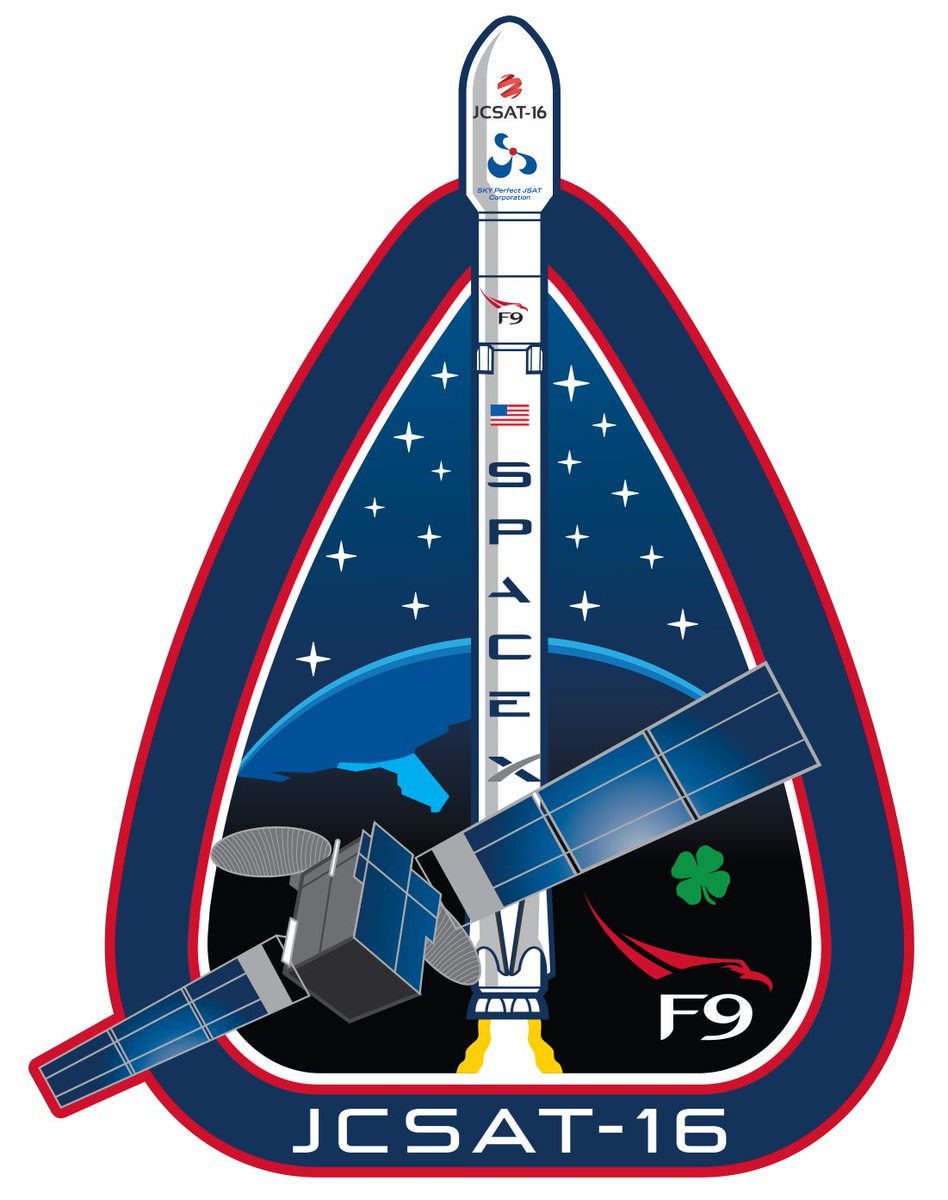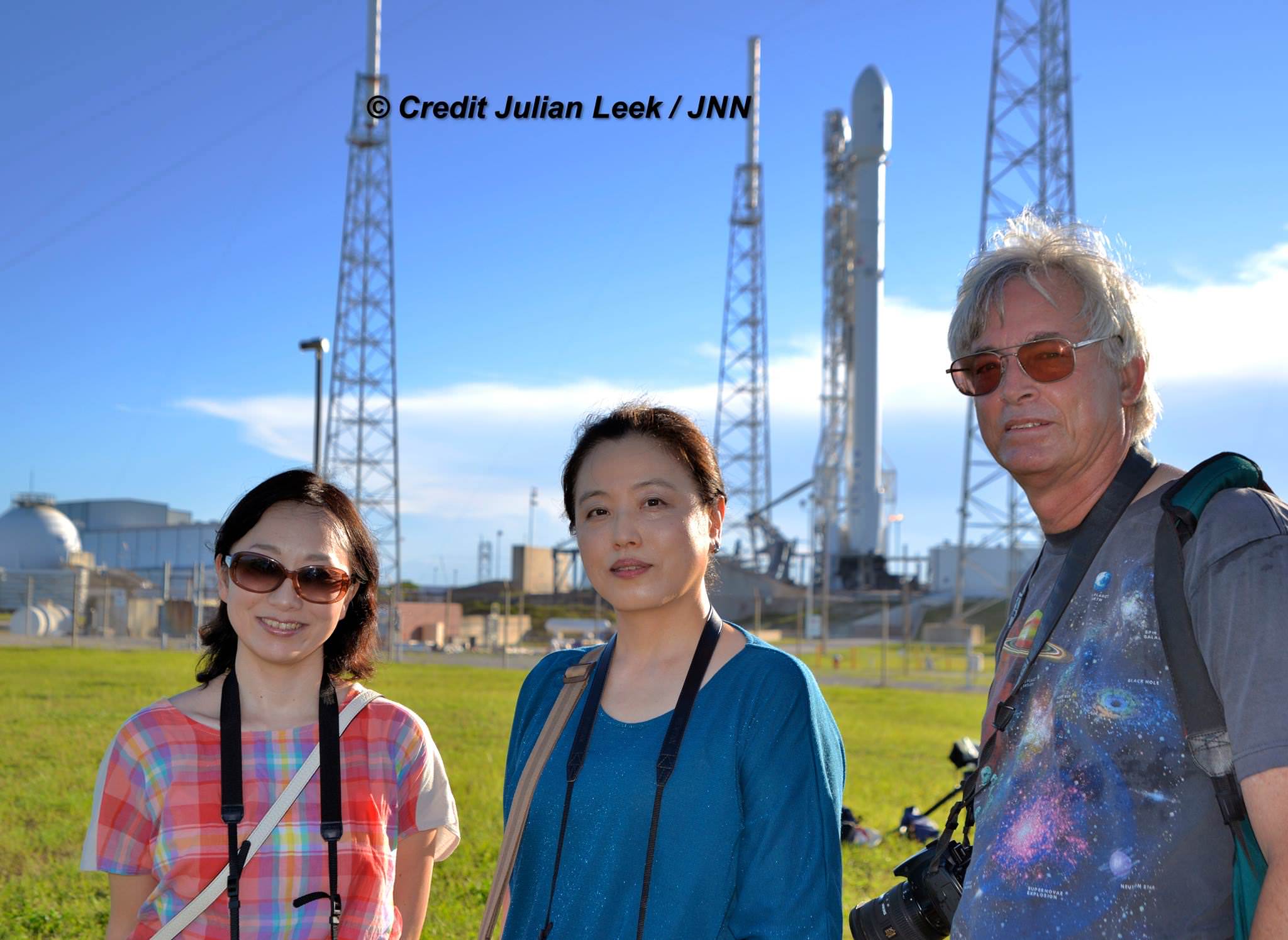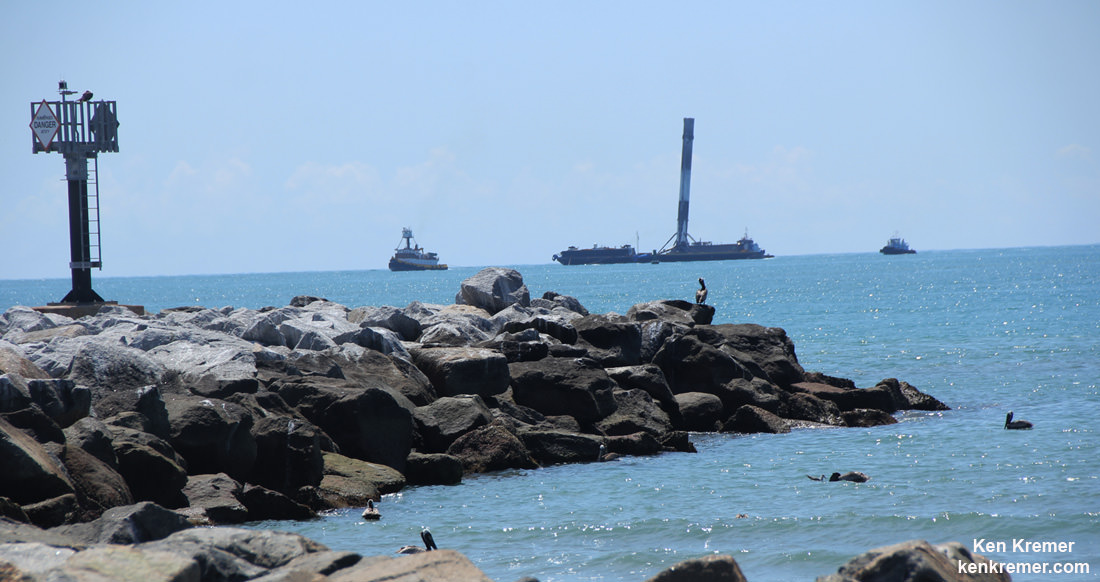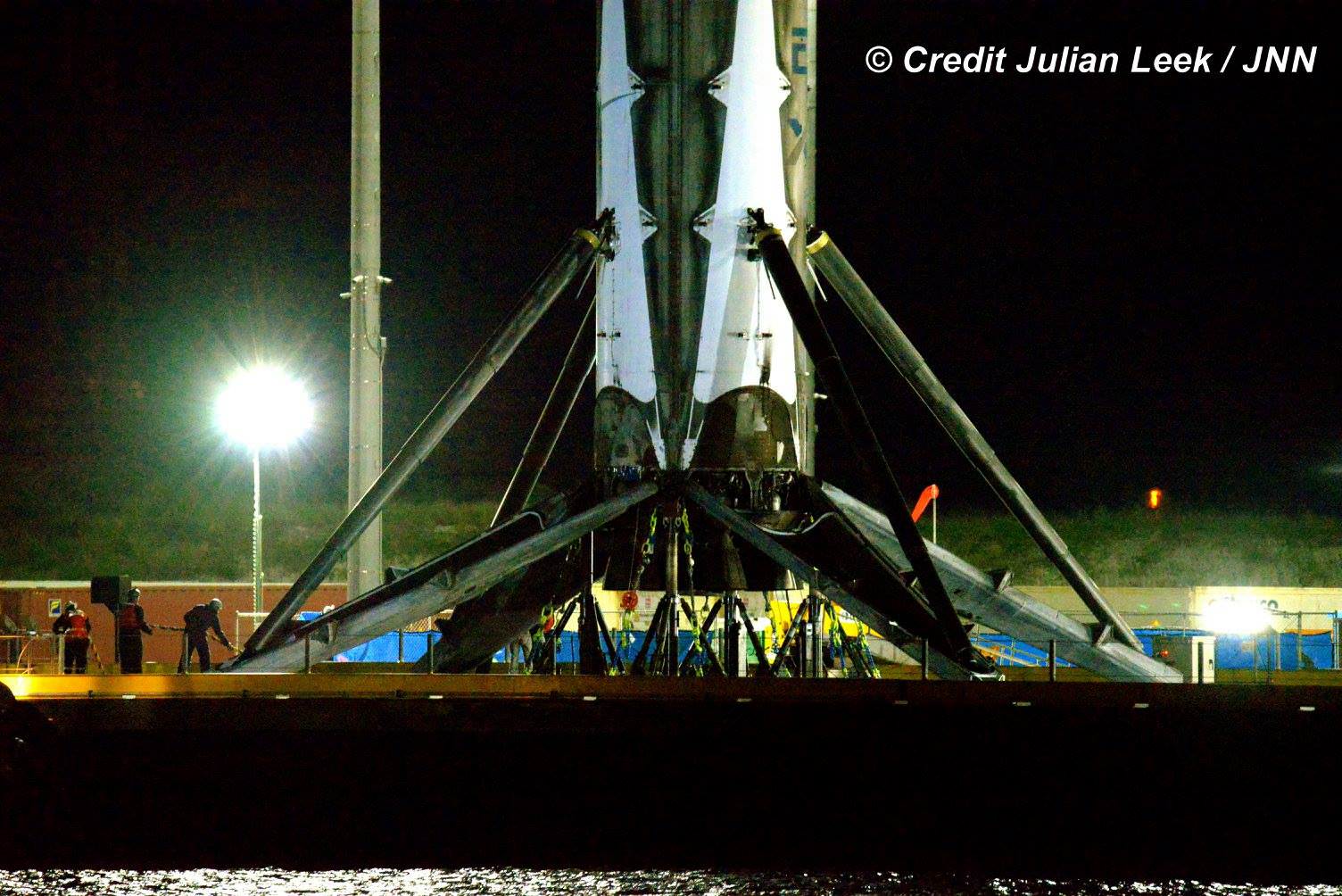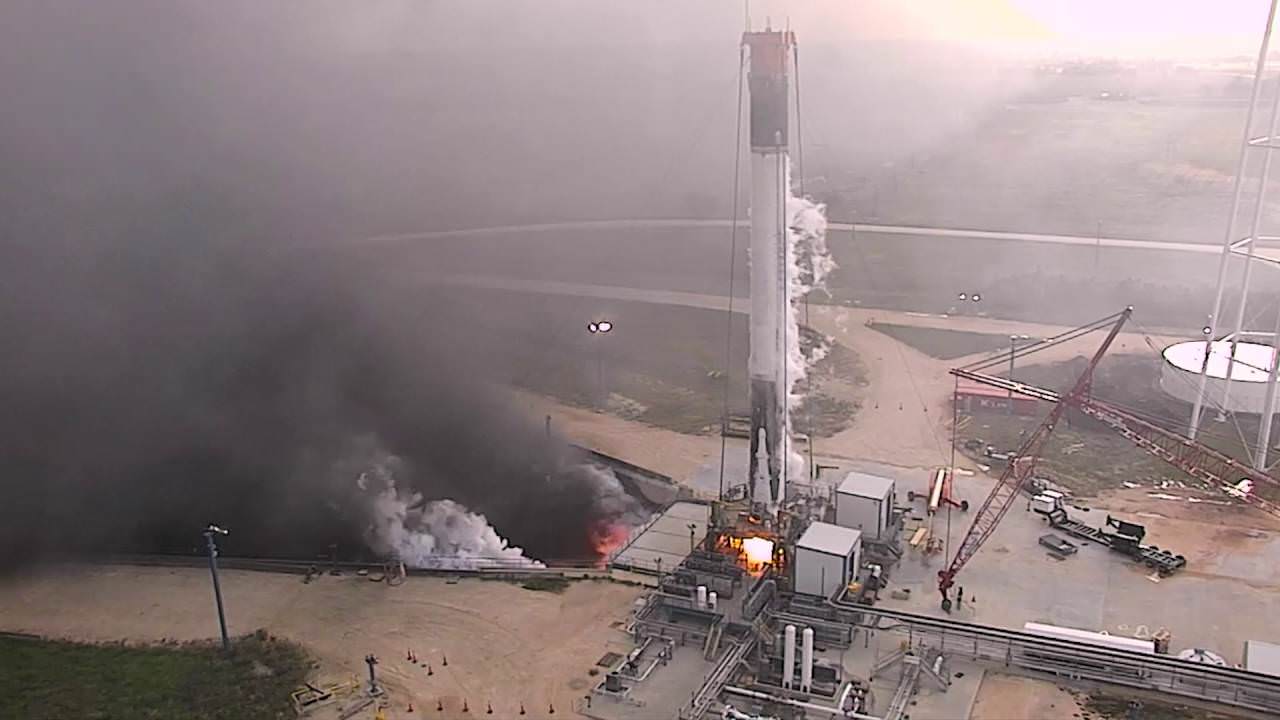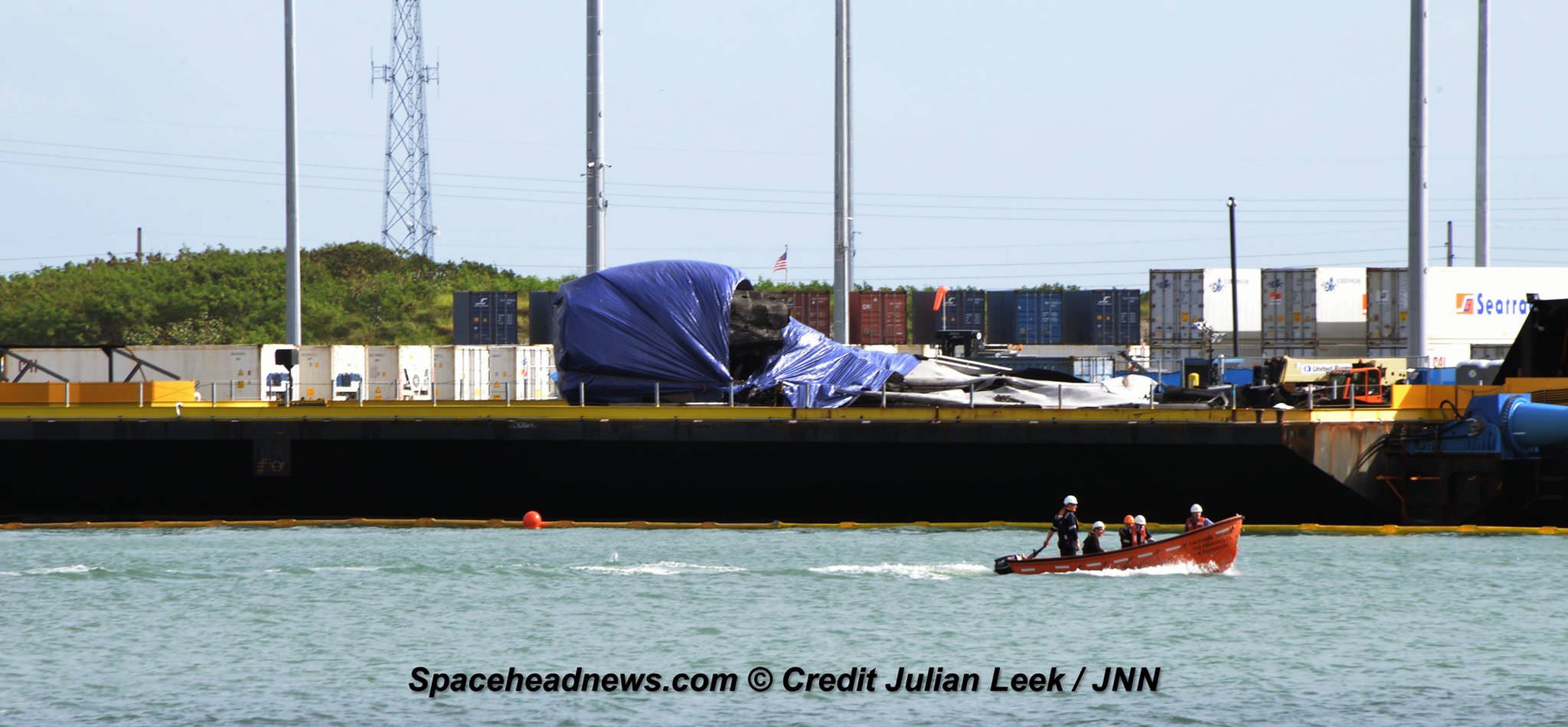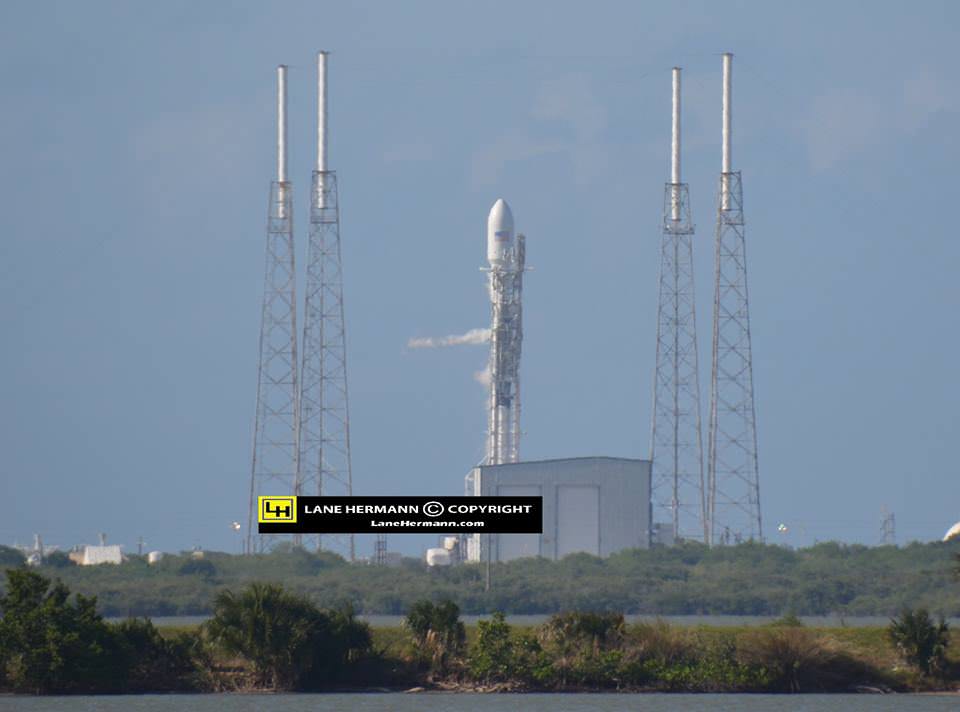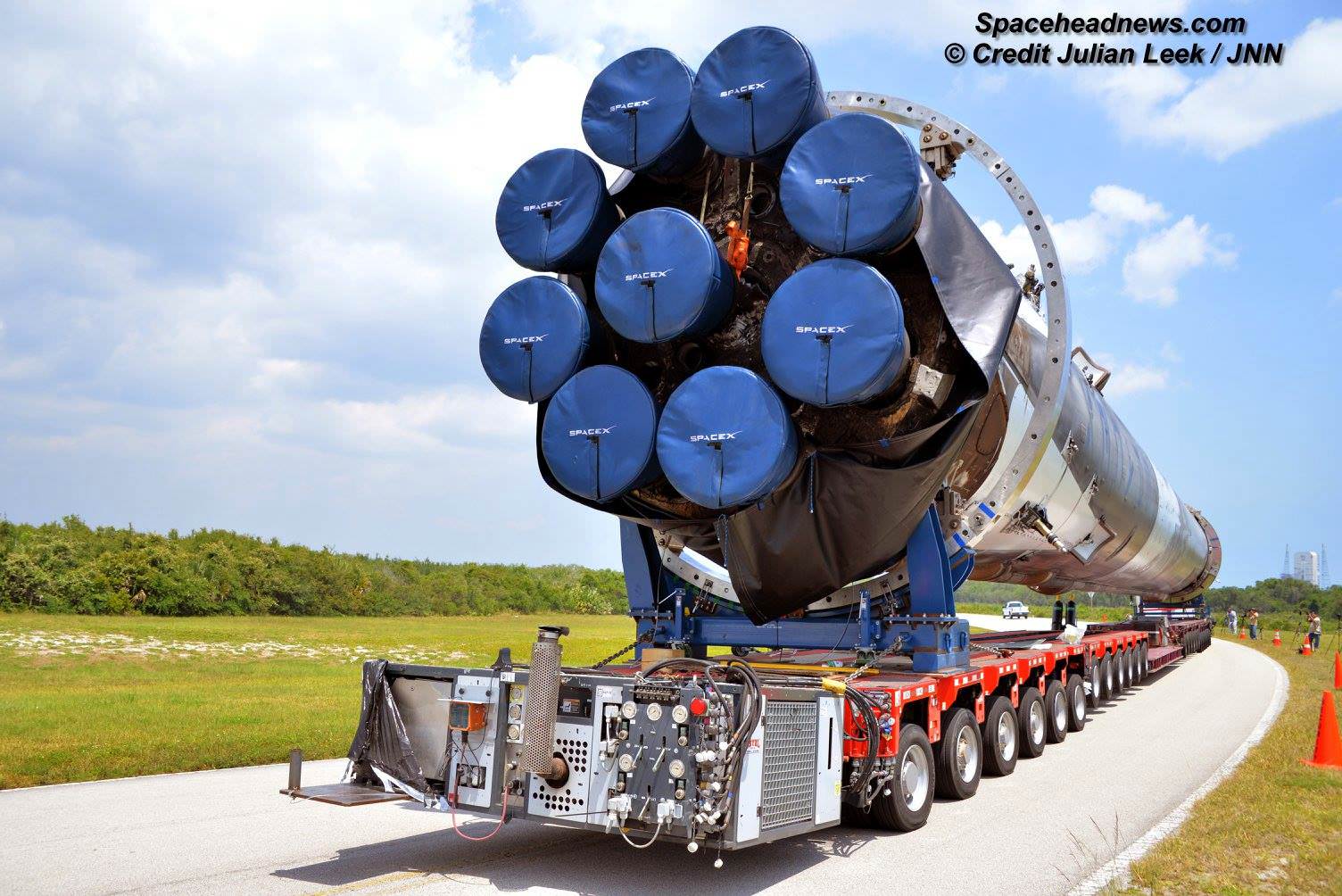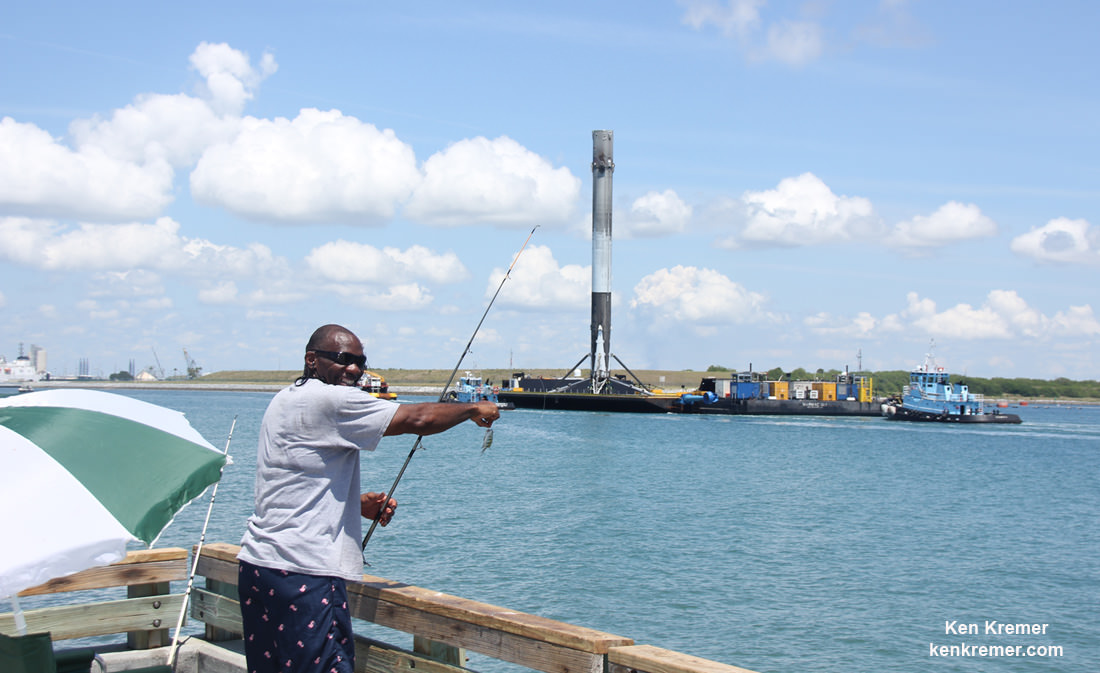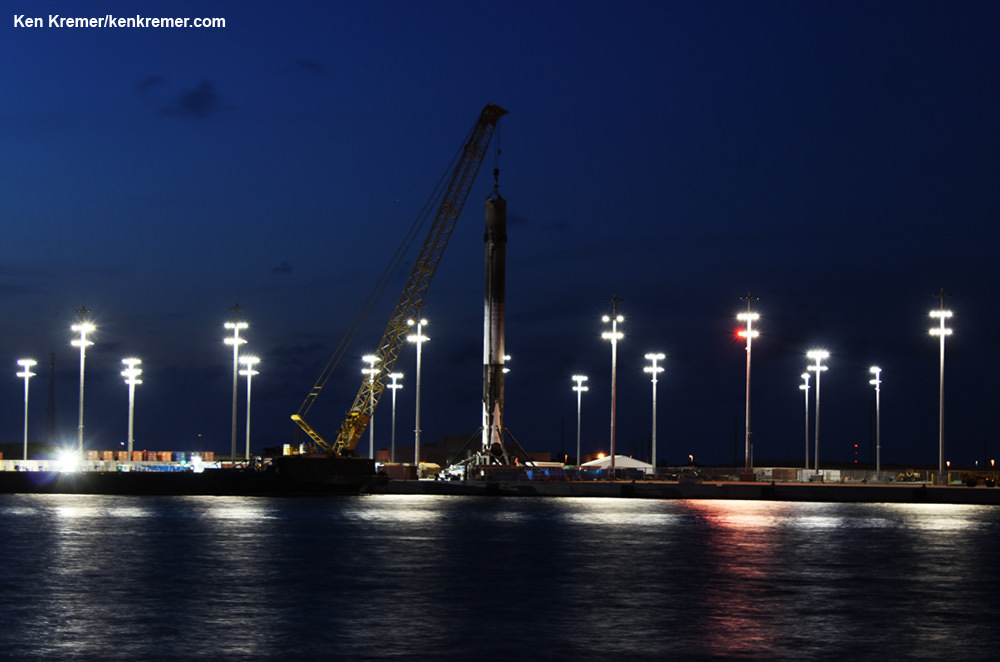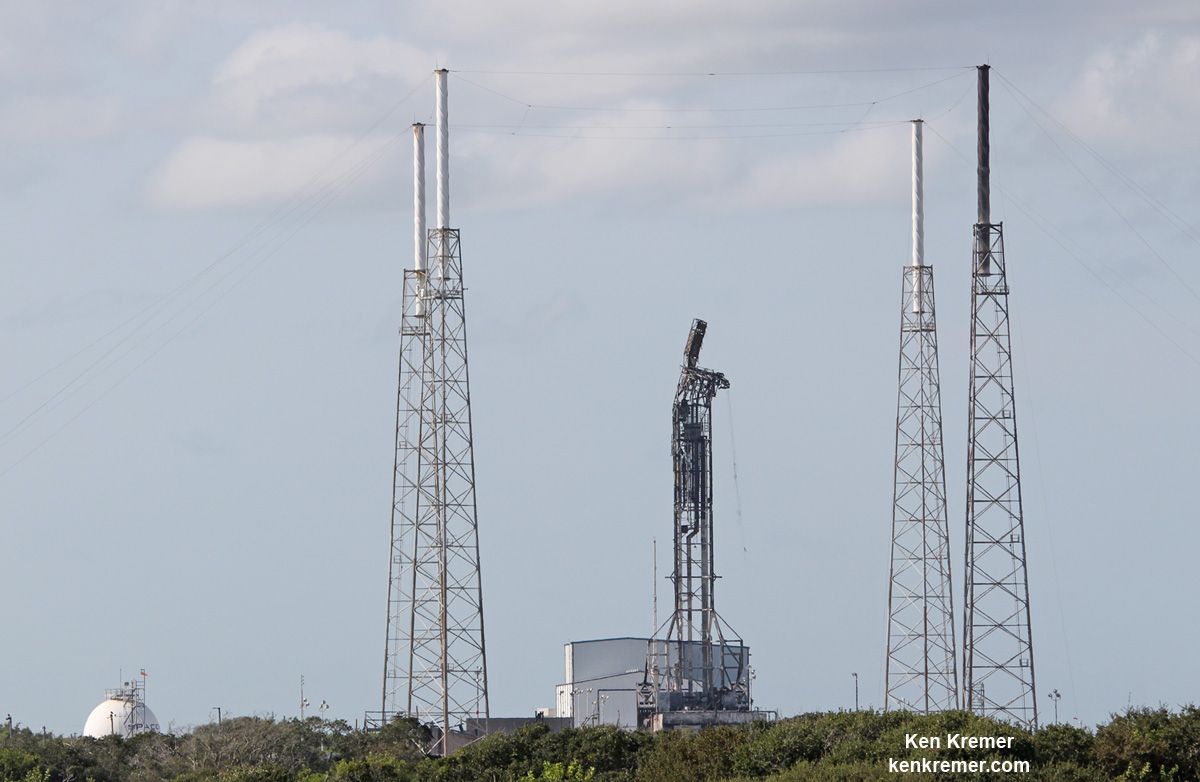
CAPE CANAVERAL AIR FORCE STATION, FL – More than a week after the catastrophic launch pad explosion that eviscerated a SpaceX Falcon 9 rocket during a fueling test, the bold and burgeoning aerospace firm is still confounded by the “most difficult and complex failure” in its history, and is asking the public for help in nailing down the elusive cause – says SpaceX CEO and Founder Elon Musk in a new series of tweets, that also seeks the public’s help in the complex investigation.
“Turning out to be the most difficult and complex failure we have ever had in 14 years,” Musk tweeted on Friday, Sept. 9 about the disaster that took place without warning on Space Launch Complex-40 at approximately 9:07 a.m. EDT on Cape Canaveral Air Force Station, Fl. on Sept. 1, 2016.
Both the $60 million SpaceX rocket and the $200 million AMOS-6 Israeli commercial communications satellite payload were completely destroyed in a massive fireball that erupted suddenly during a routine and planned pre-launch fueling and engine ignition test at pad 40 on Wednesday morning Sep. 1.
“Still working on the Falcon fireball investigation,” Musk stated.
Check out my new up close photos of launch pad 40 herein – showing dandling cables and pad damage – taken over the past few days during NASA’s OSIRIS-REx launch campaign which successfully soared to space on Sept 8. from the adjacent pad at Space Launch Complex-41.
The rocket failure originated somewhere in the upper stage during fueling test operations at the launch pad for what is known as a hot fire engine ignition test of all nine first stage Merlin 1D engines, said Musk.
However, the countdown dress rehearsal had not yet reached the point of ignition and the Merlin engines were still several minutes away from typically firing for a few seconds as the rocket was to be held down during the pre-planned hot fire test.
“Important to note that this happened during a routine filling operation. Engines were not on and there was no apparent heat source,” Musk elaborated.
Engineers were in the final stages of loading the liquid oxygen (LOX) and RP-1 kerosene propellants that power the Falcon 9 first stage for the static fire test which is a full launch dress rehearsal.
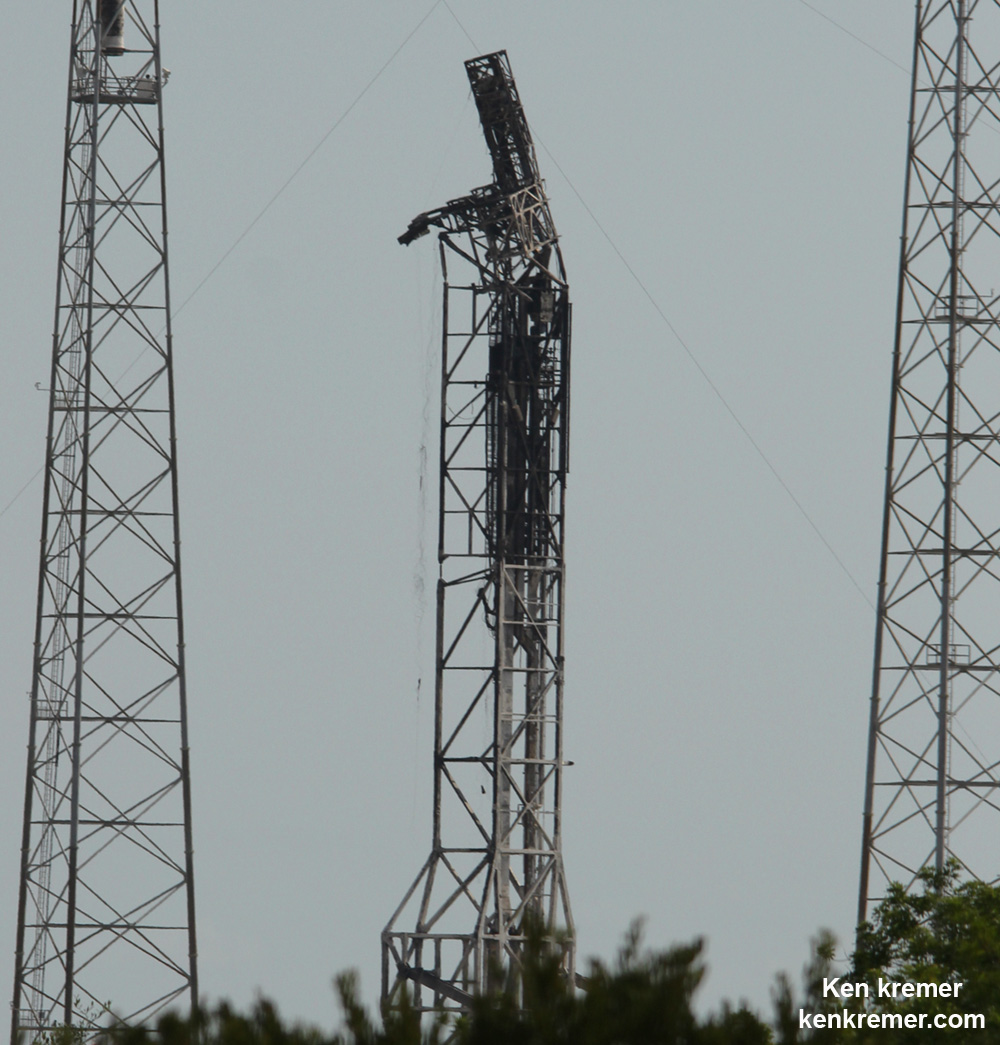
The explosion mystery and its root causes are apparently so deep that SpaceX is asking the public for help by sending in “any recordings of the event” which may exist, beyond what is already known.
“If you have audio, photos or videos of our anomaly last week, please send to [email protected]. Material may be useful for investigation,” Musk requested by twitter.
Indications of an initial “bang” moments before the calamity are also bewildering investigators.
“Particularly trying to understand the quieter bang sound a few seconds before the fireball goes off. May come from rocket or something else.”
The explosion is also being jointly investigated by multiple US Federal agency’s.
“Support & advice from @NASA, @FAA, @AFPAA & others much appreciated. Please email any recordings of the event to [email protected].”
The incident took place less than two days before the scheduled Falcon 9 launch on Sept. 3.
It also caused extensive damage to the rockets transporter erector, or strongback, that holds the rocket in place until minutes before liftoff, and ground support equipment (GSE) around the pad – as seen in my new photos of the pad taken a week after the explosion.
Dangling cables and gear such as pulley’s and more can clearly be seen to still be present as the strongback remains raised at pad 40. The strongback raises the rocket at the pad and also houses multiple umbilical line for electrical power, purge gases, computer communications and more.
One of the four lightning masts is also visibly burnt and blackened – much like what occurred after the catastrophic Orbital ATK Antares rocket exploded moments after liftoff from a NASA Wallops launch pad on Oct 28, 2014 and witnessed by this author.
Black soot also appears to cover some area of the pads ground support equipment in the new photos.
US Air Force personnel immediately jumped into action to assess the situation, set up roadblocks and look for signs of blast debris and “detect, dispose and render safe any possible explosive threats.”
However SpaceX has not released a full description of the damage to the pad and GSE. It cost approximately $15 Million to repair the Antares pad and flights have not yet resumed – nearly 2 years after that disaster.
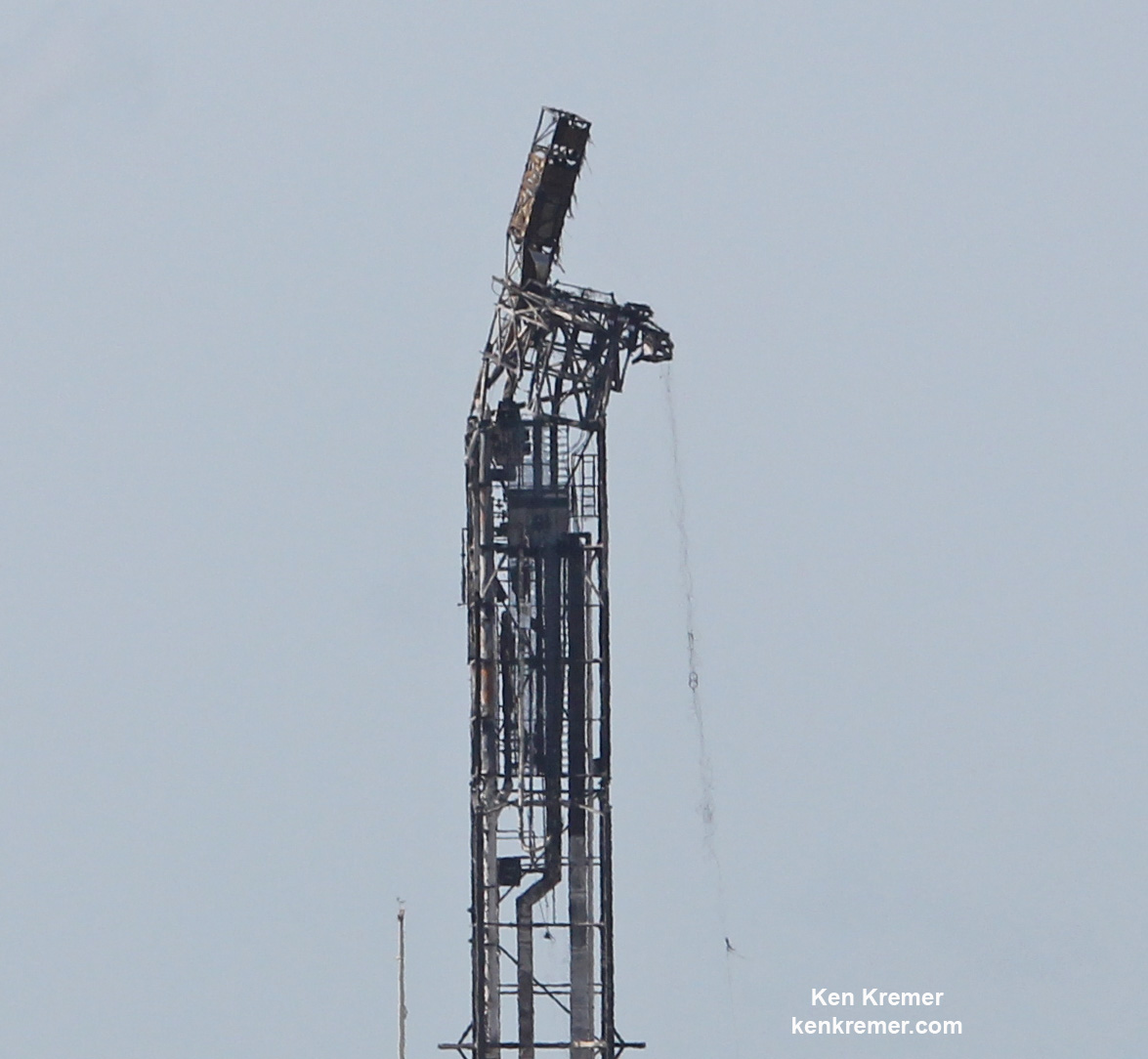
The rocket disaster was coincidentally captured as it unfolded in stunning detail in a spectacular up close video recorded by my space journalist colleague at USLaunchReport – shown below.
Here is the full video from my space journalist friend and colleague Mike Wagner of USLaunchReport:
Video Caption: SpaceX – Static Fire Anomaly – AMOS-6 – 09-01-2016. Credit: USLaunchReport
The 229-foot-tall (70-meter) SpaceX Falcon 9 had been slated for an overnight blastoff on Saturday, September 3 at 3 a.m. from pad 40 with the 6 ton AMOS-6 telecommunications satellite valued at some $200 million.
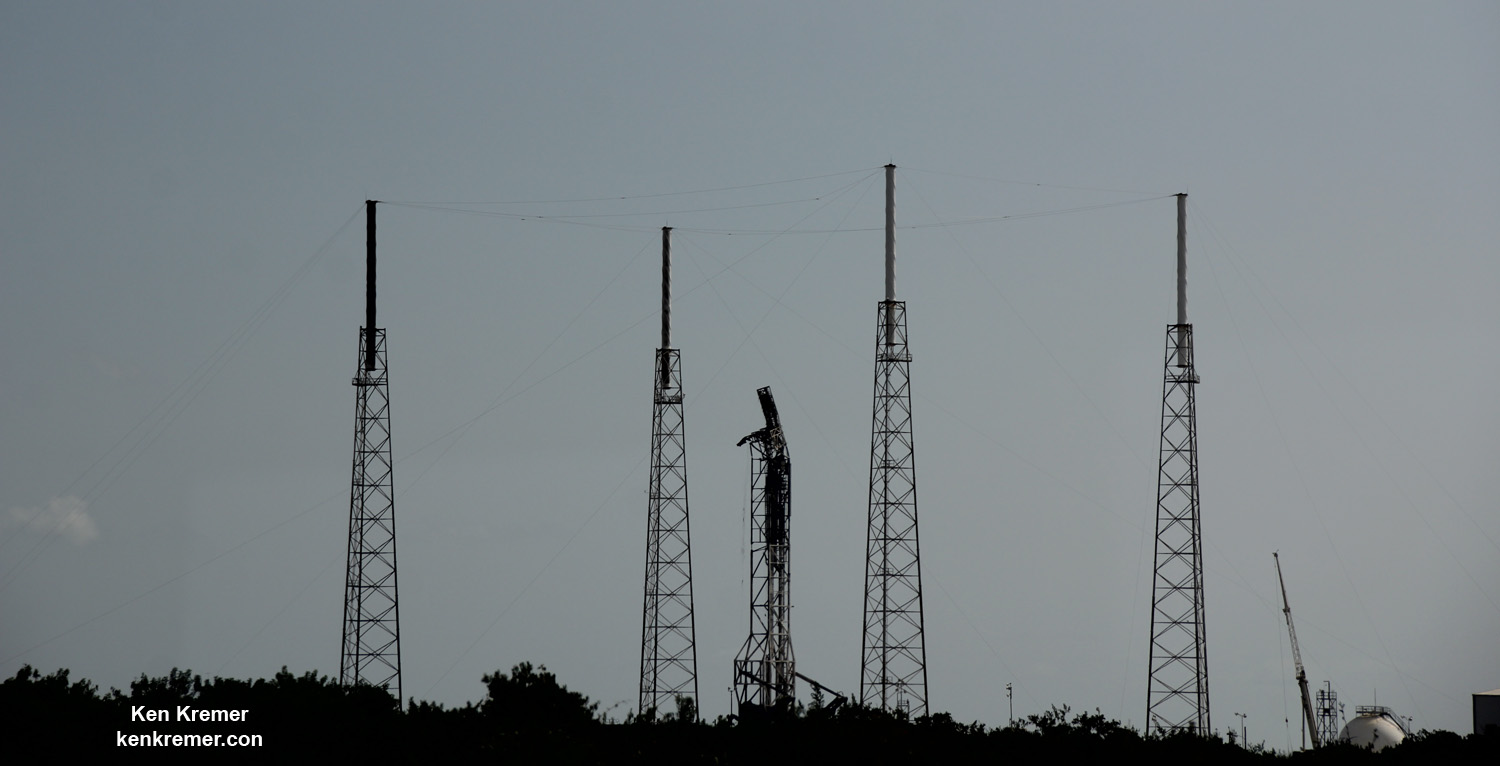
The Falcon rocket and AMOS-6 satellite were swiftly consumed in a huge fireball and thunderous blasts accompanied by a vast plume of smoke rising from the wreckage that was visible for many miles around the Florida Space Coast.
“Loss of Falcon vehicle today during propellant fill operation,” Musk tweeted several hours after the launch pad explosion.
“Originated around upper stage oxygen tank. Cause still unknown. More soon.”

Thankfully there were no injuries to anyone – because the pad is always cleared of all personnel during these types of extremely hazardous launch complex operations.
“The anomaly originated around the upper stage oxygen tank and occurred during propellant loading of the vehicle. Per standard operating procedure, all personnel were clear of the pad and there were no injuries,” SpaceX reported in a statement.
“We are continuing to review the data to identify the root cause. Additional updates will be provided as they become available.”
This also marks the second time a Falcon 9 has exploded in 15 months and will call into question the rocket’s reliability. The first failure involved a catastrophic mid air explosion about two and a half minutes after liftoff, during the Dragon CRS-9 cargo resupply launch for NASA to the International Space Station on June 28, 2015 – and witnessed by this author.
All SpaceX launches are on hold until a thorough investigation is conducted, the root cause is determined, and effective fixes and remedies are identified and instituted.
After the last failure, it took nearly six months before Falcon 9 launches were resumed.
Any announcement of a ‘Return to Flight’ following this latest launch failure is likely to be some time off given the thus far inscrutable nature of the anomaly.
The planned engine test was being conducted as part of routine preparations for the scheduled liftoff of the Falcon 9 on Saturday, September 3, with an Israeli telecommunications satellite that would have also been used by Facebook.
The AMOS-6 communications satellite was built by Israel Aerospace Industries for Space Communication Ltd. It was planned to provide communication services including direct satellite home internet for Africa, the Middle East and Europe.
SpaceX is simultaneously renovating and refurbishing NASA’s former shuttle launch pad at the Kennedy Space Center at Pad 39A – from which the firm hopes to launch the new Falcon Heavy booster as well as human rated launches of the Falcon 9.
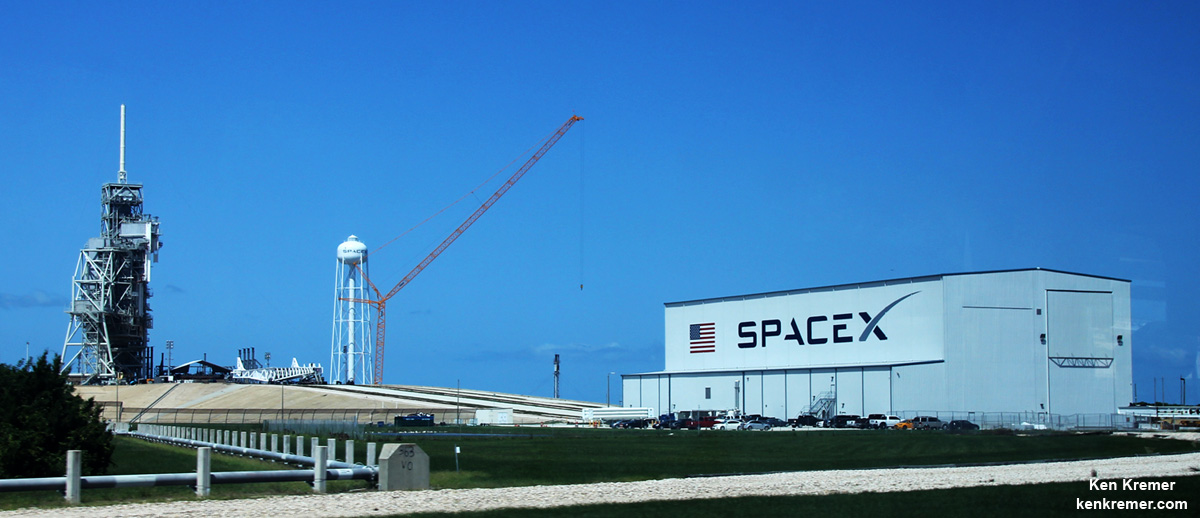
Ongoing work at Pad 39A was clearly visible to this author and other media this past week during NASA’s OSIRIS-REx launch campaign.
SpaceX has indicated they hope to have the pad upgrades complete by November, but a lot of work remains to be done. For example the shuttle era Rotating Service Structure (RSS) is still standing. The timing for its demolishment has not been announced.
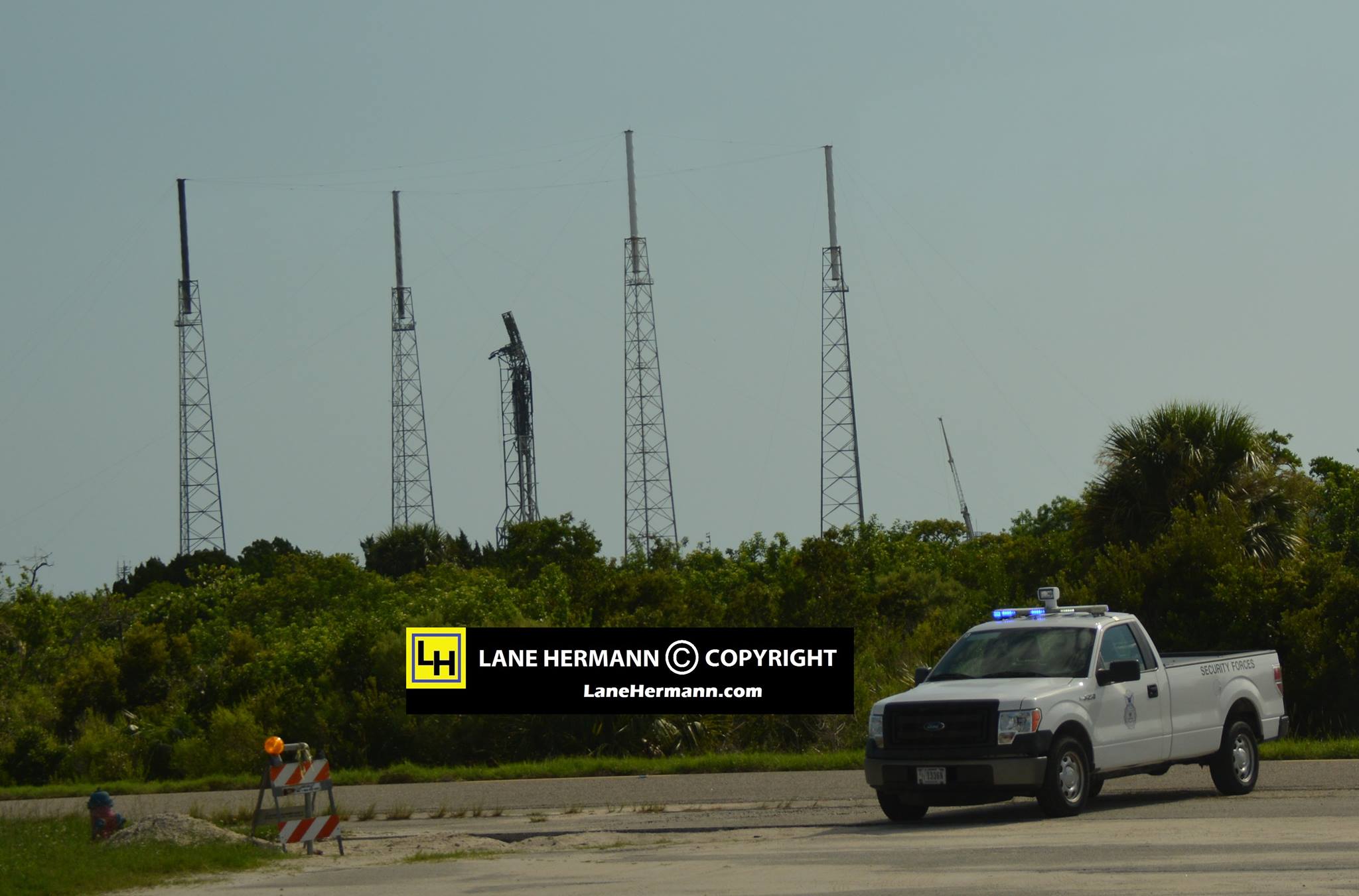
Stay tuned here for Ken’s continuing Earth and Planetary science and human spaceflight news.
